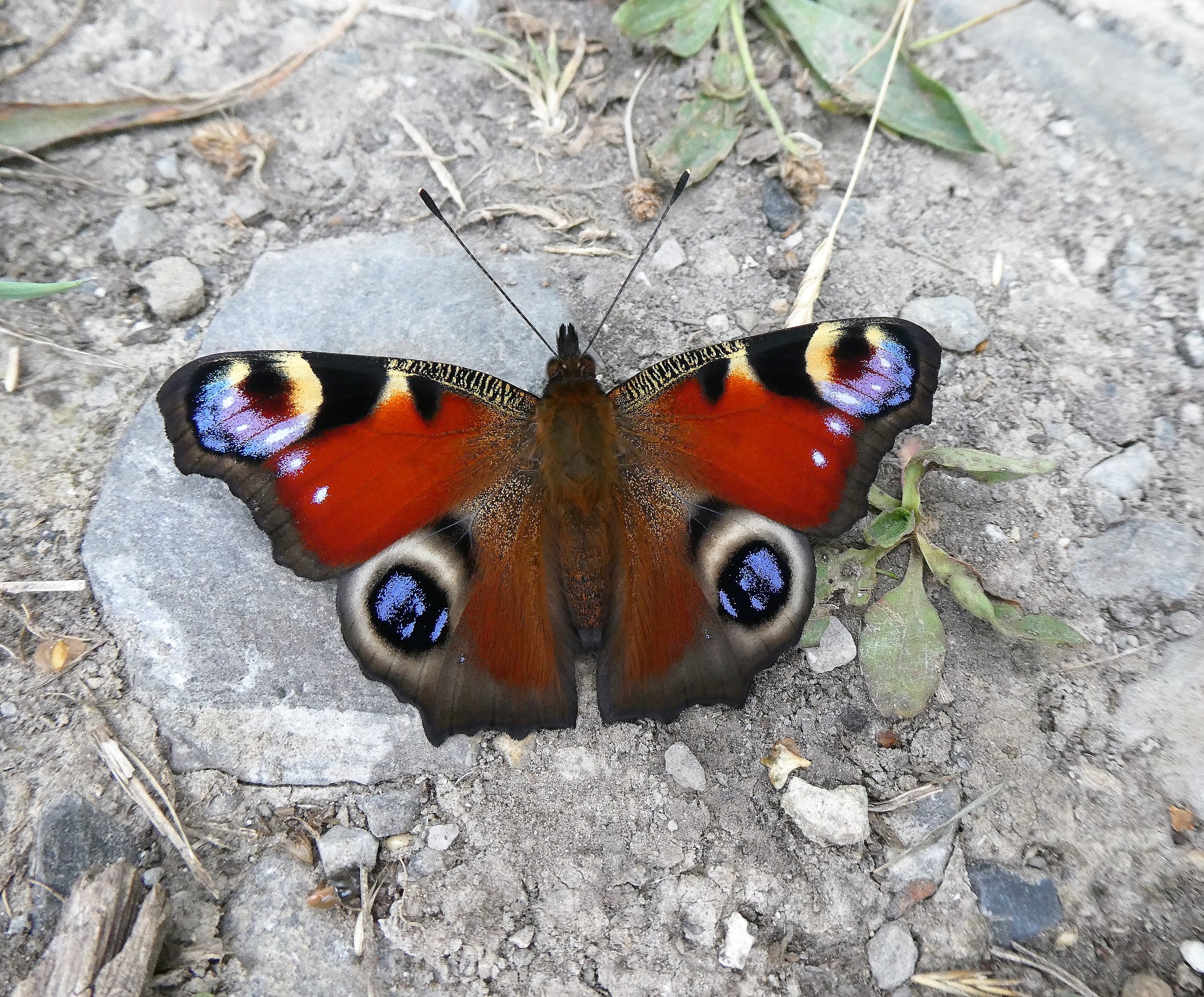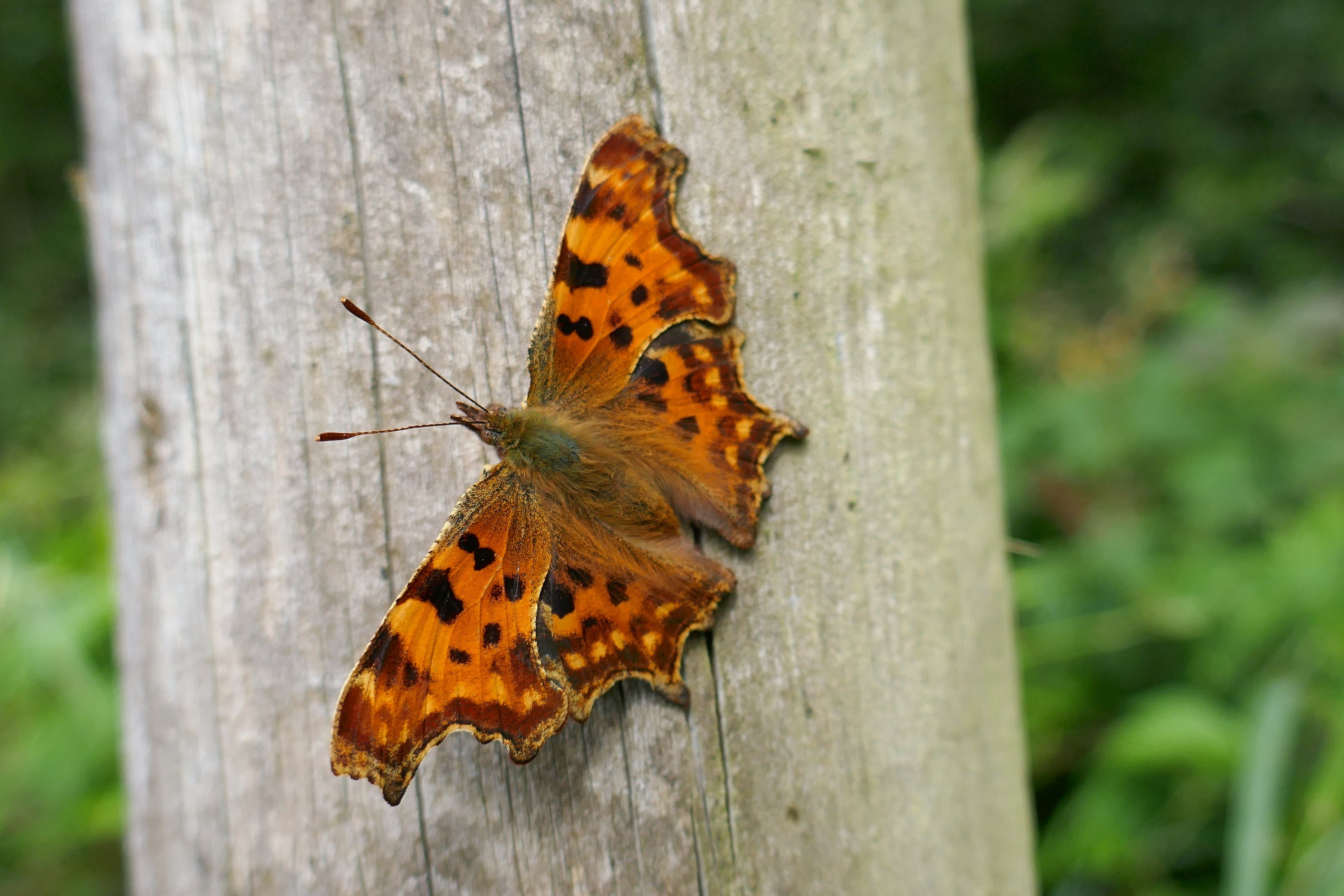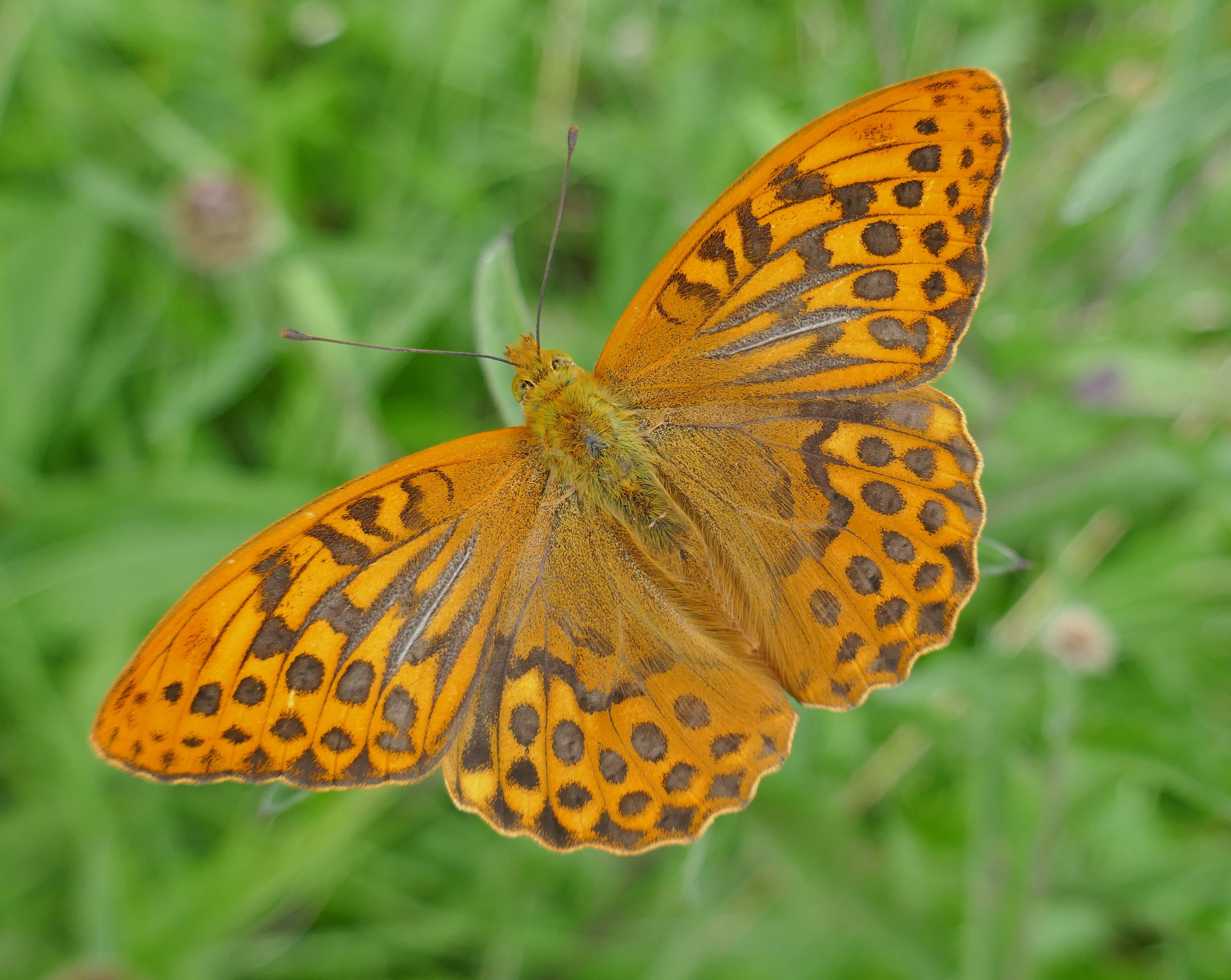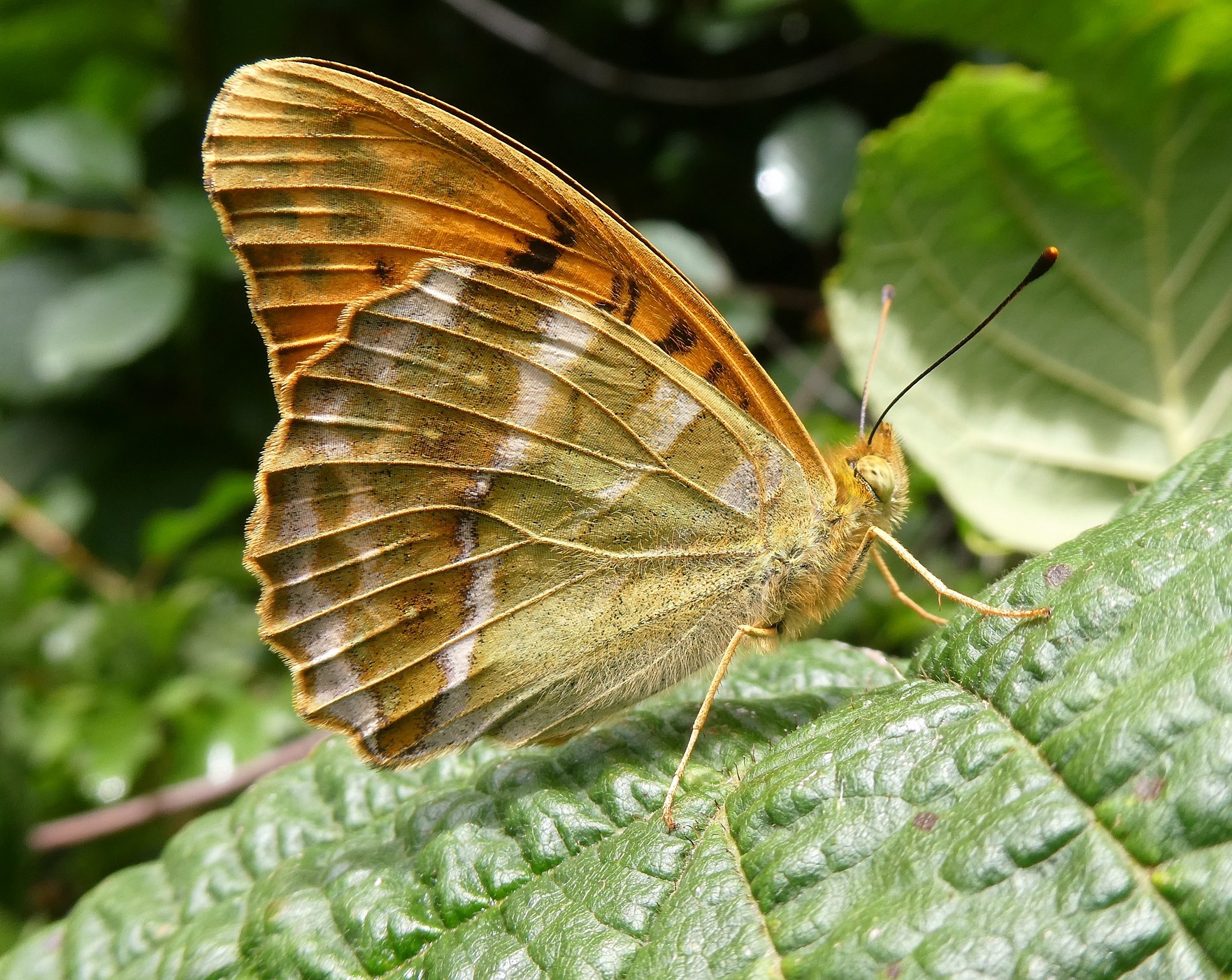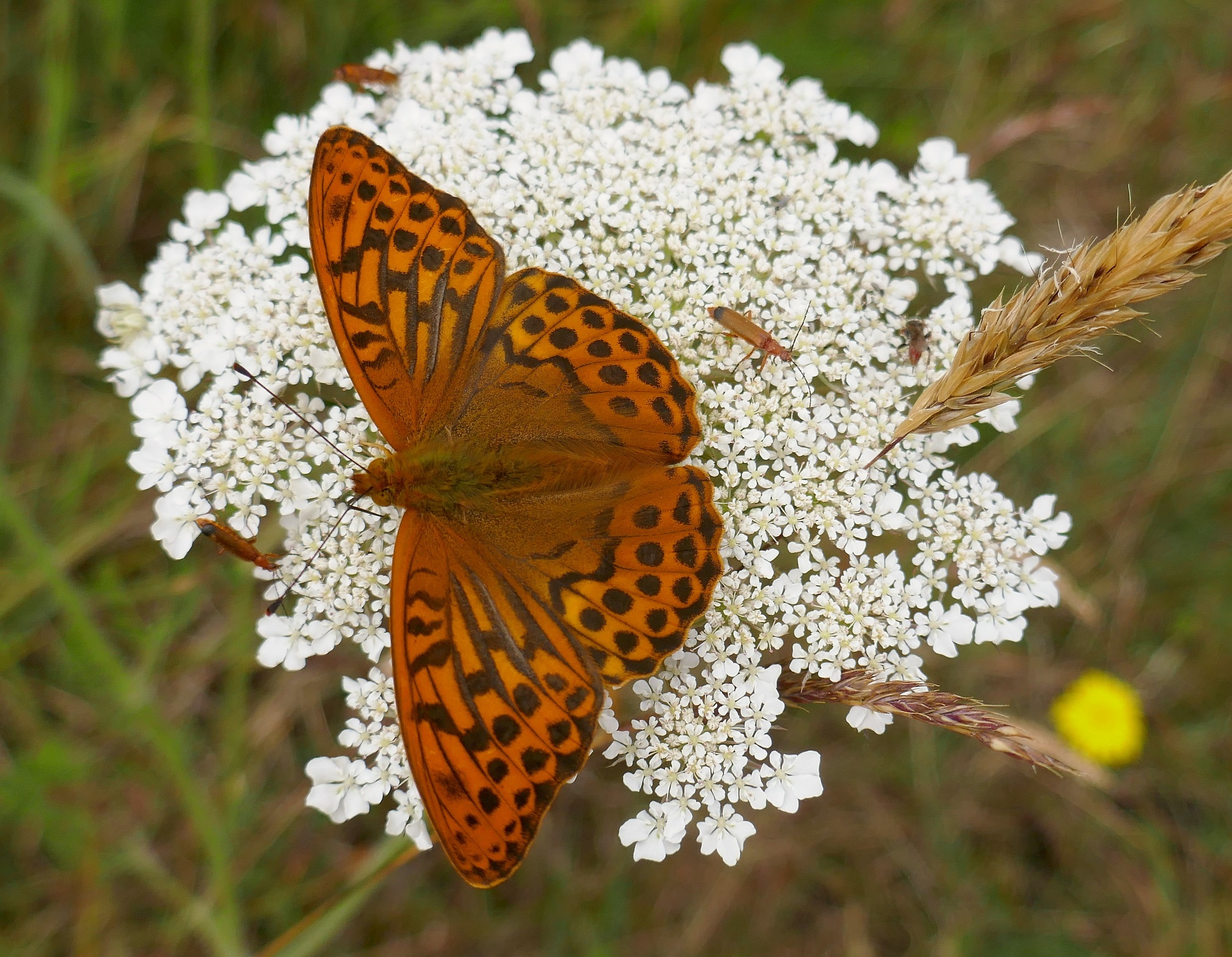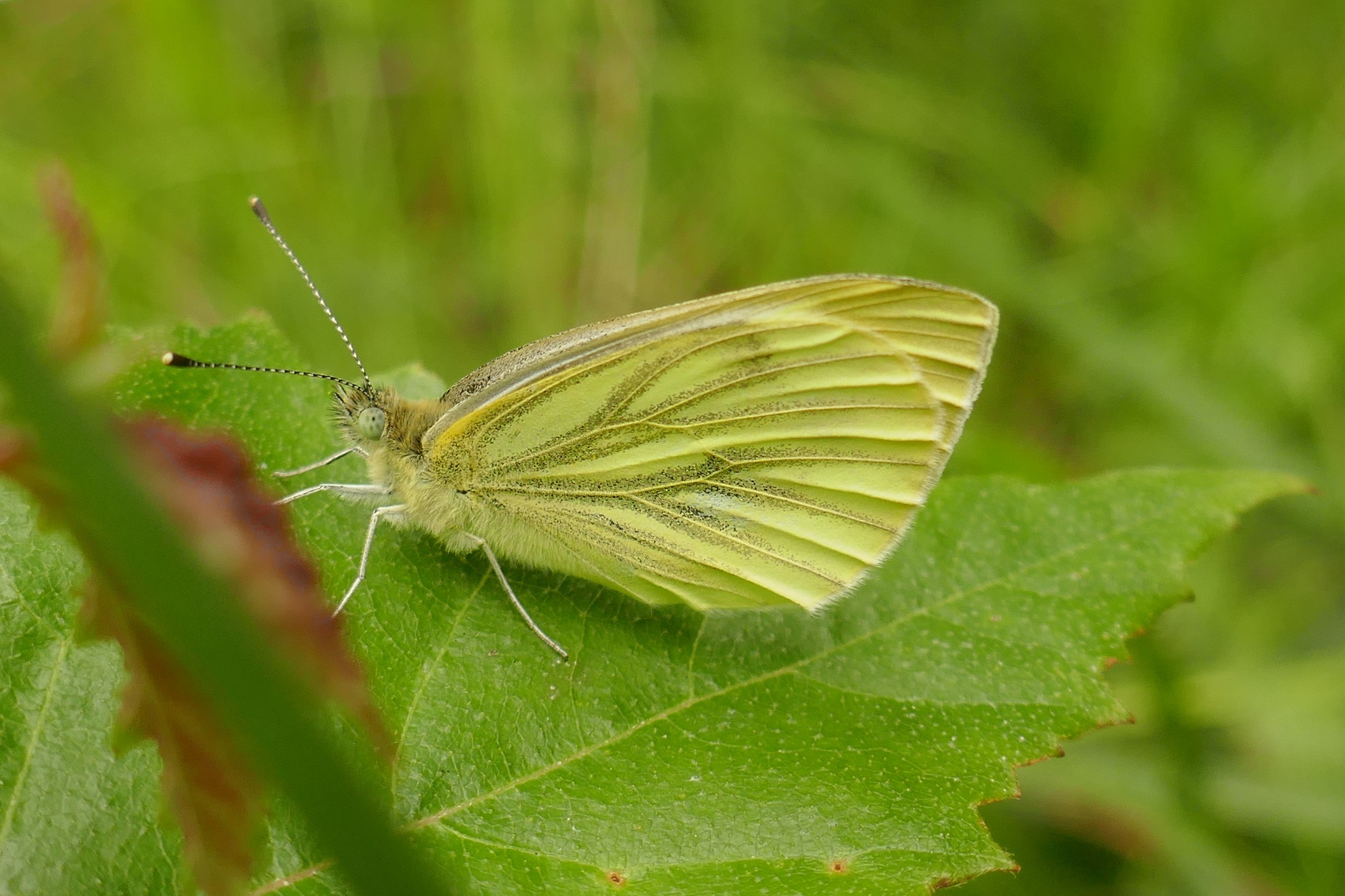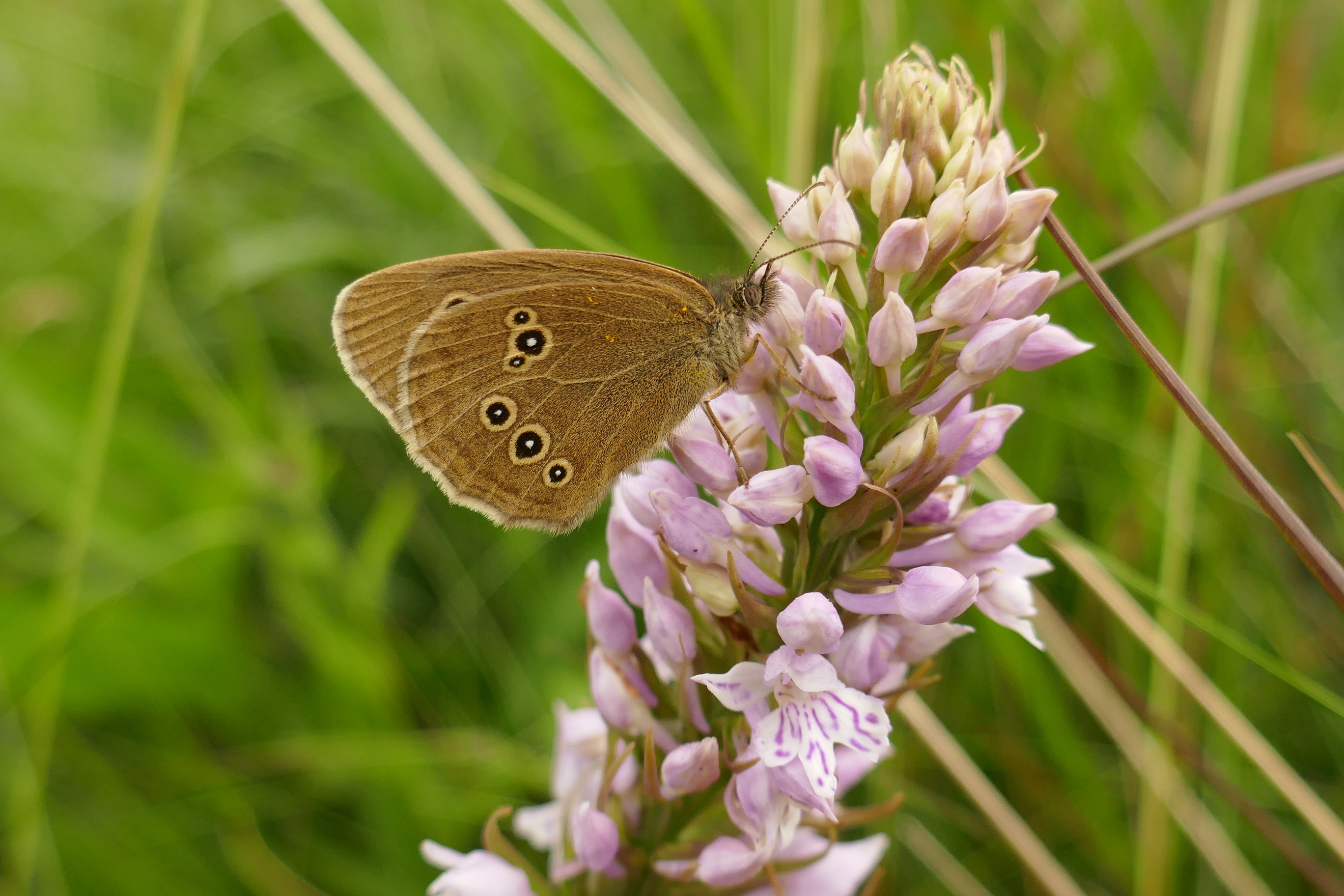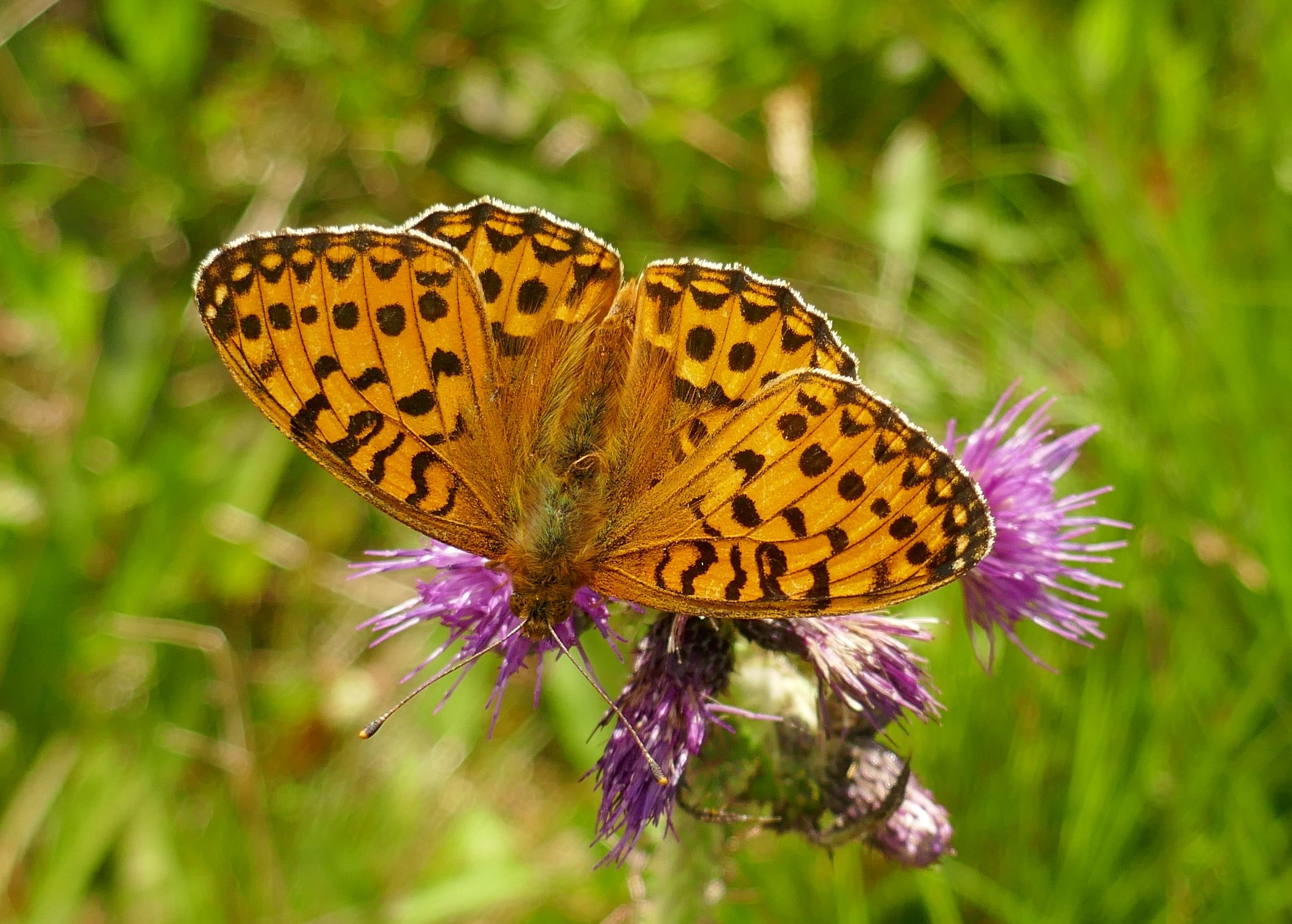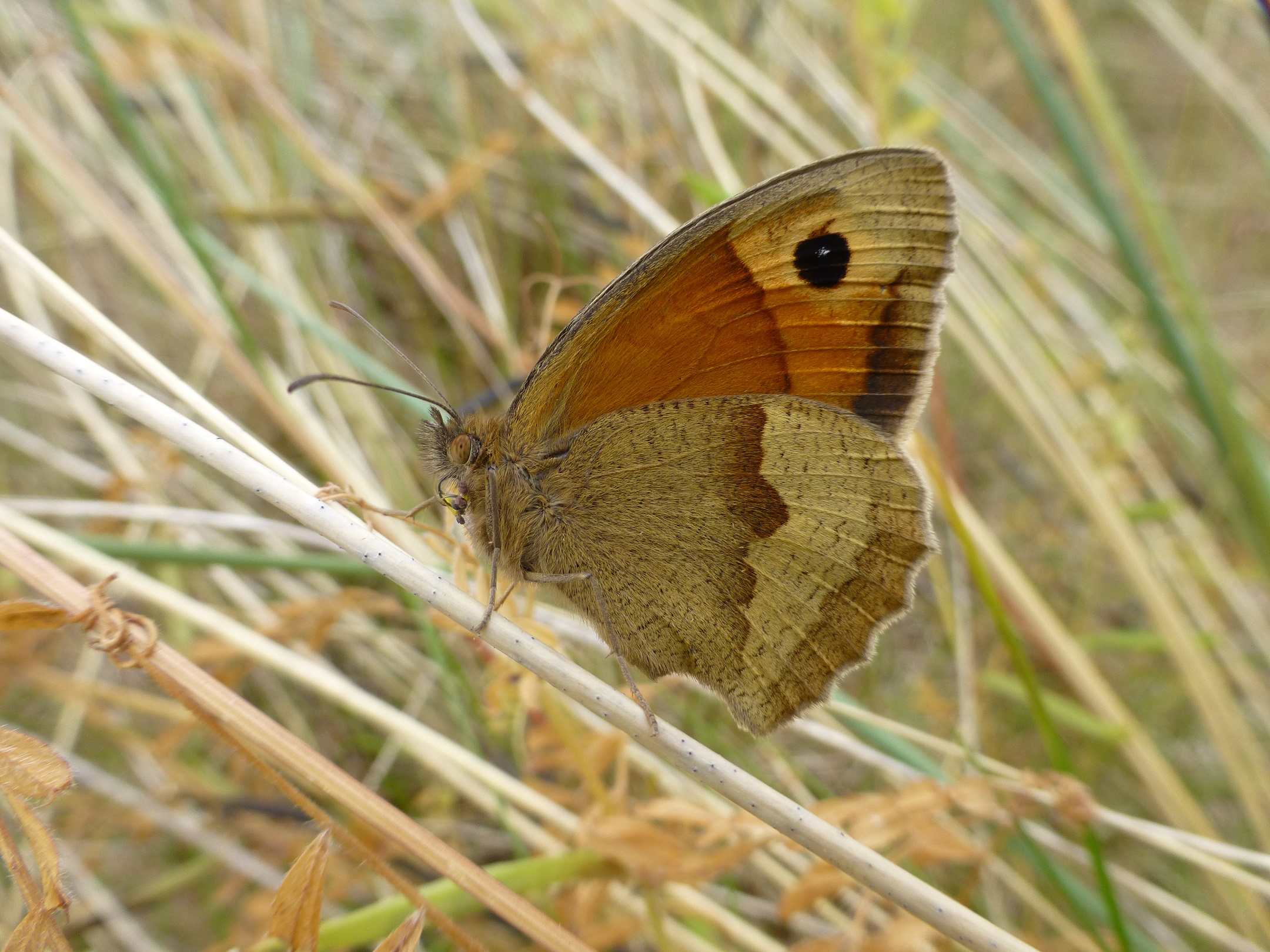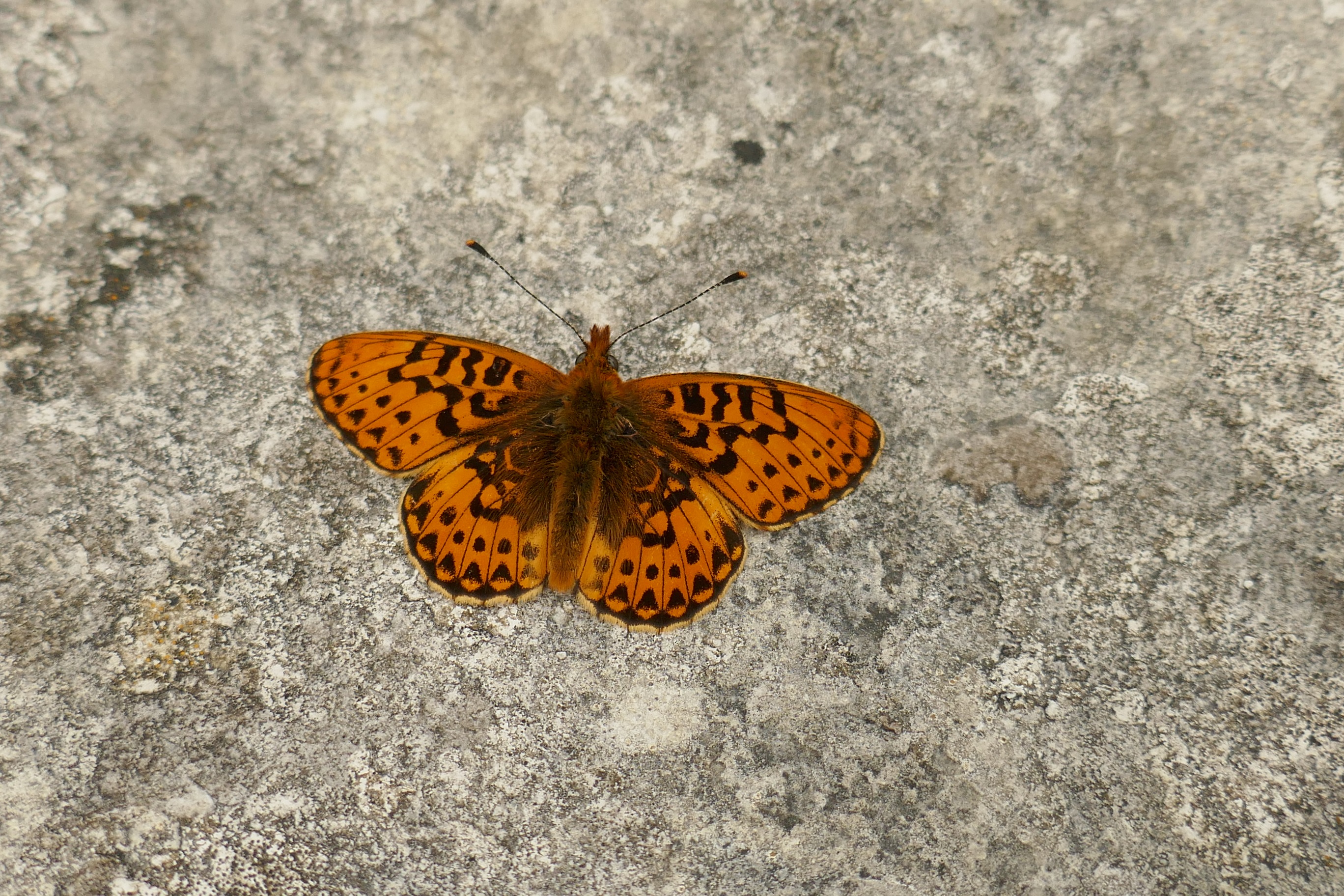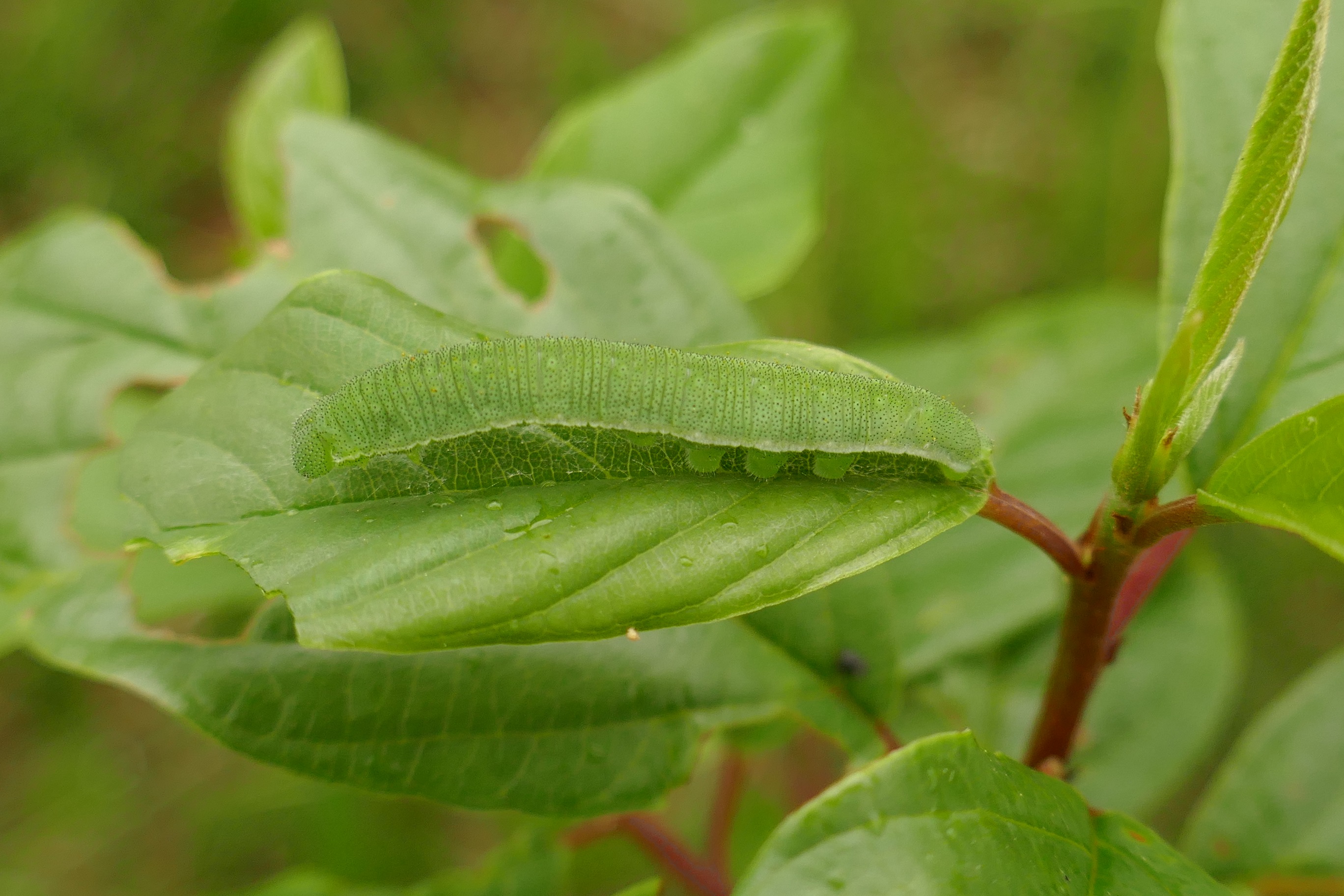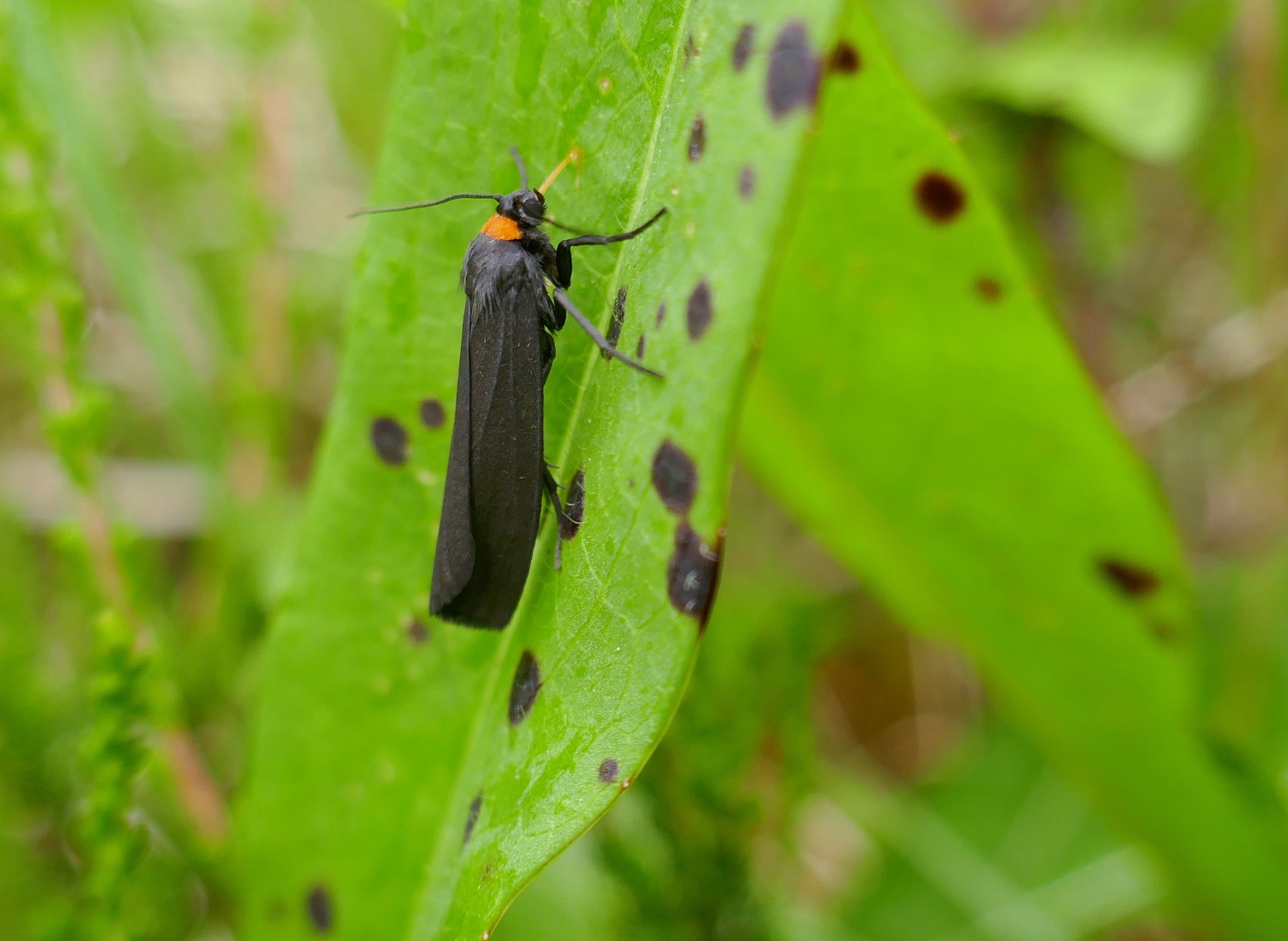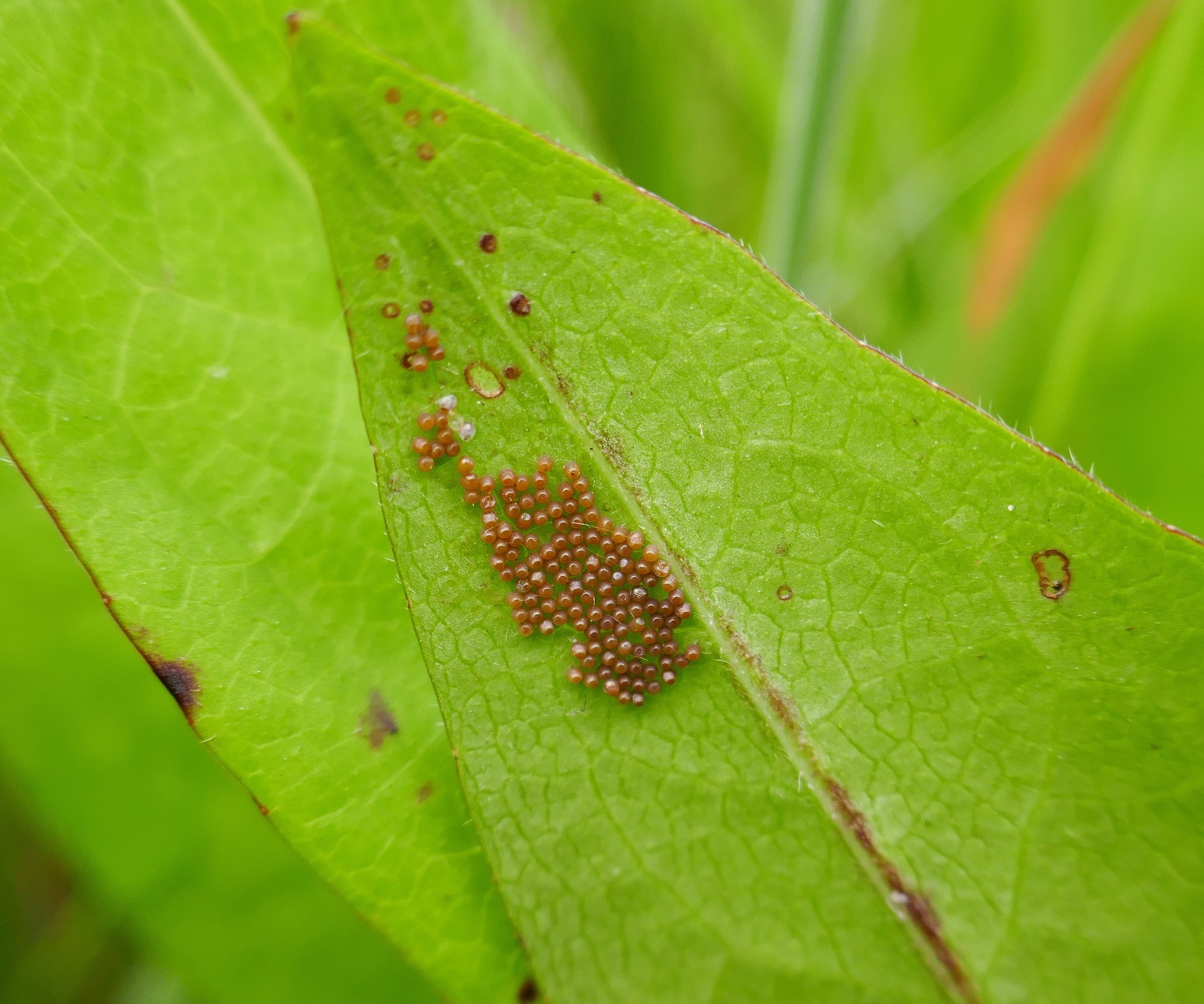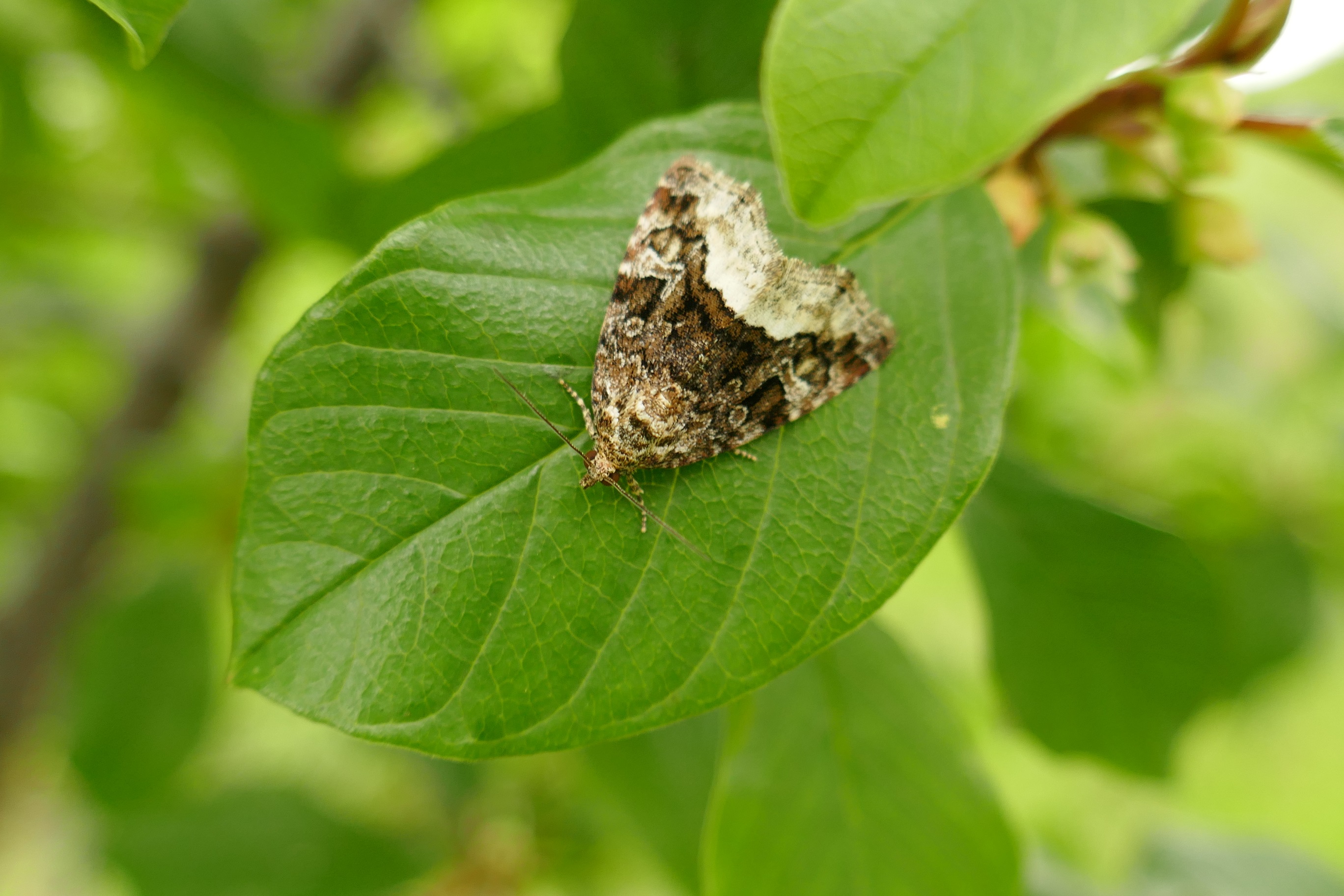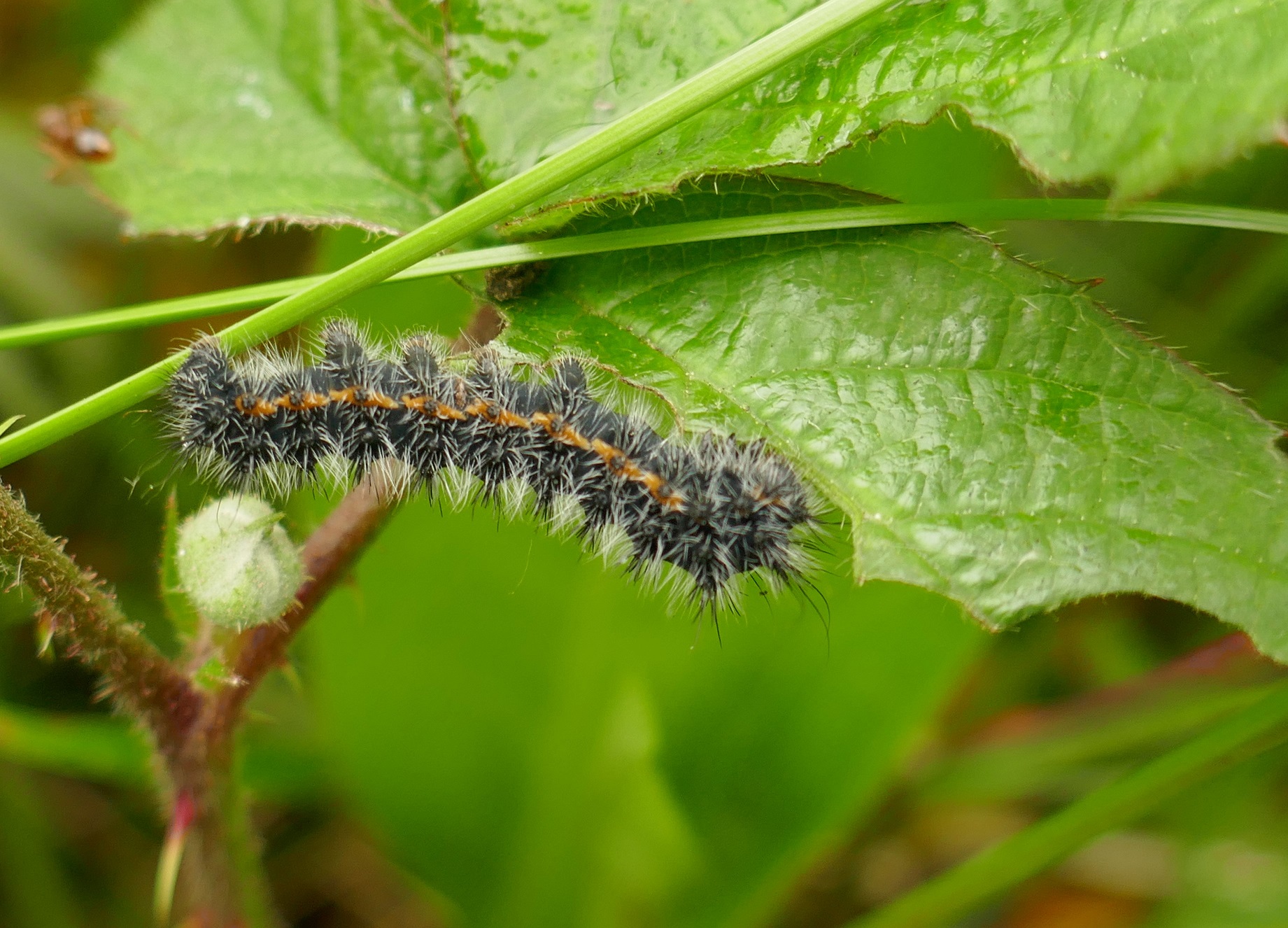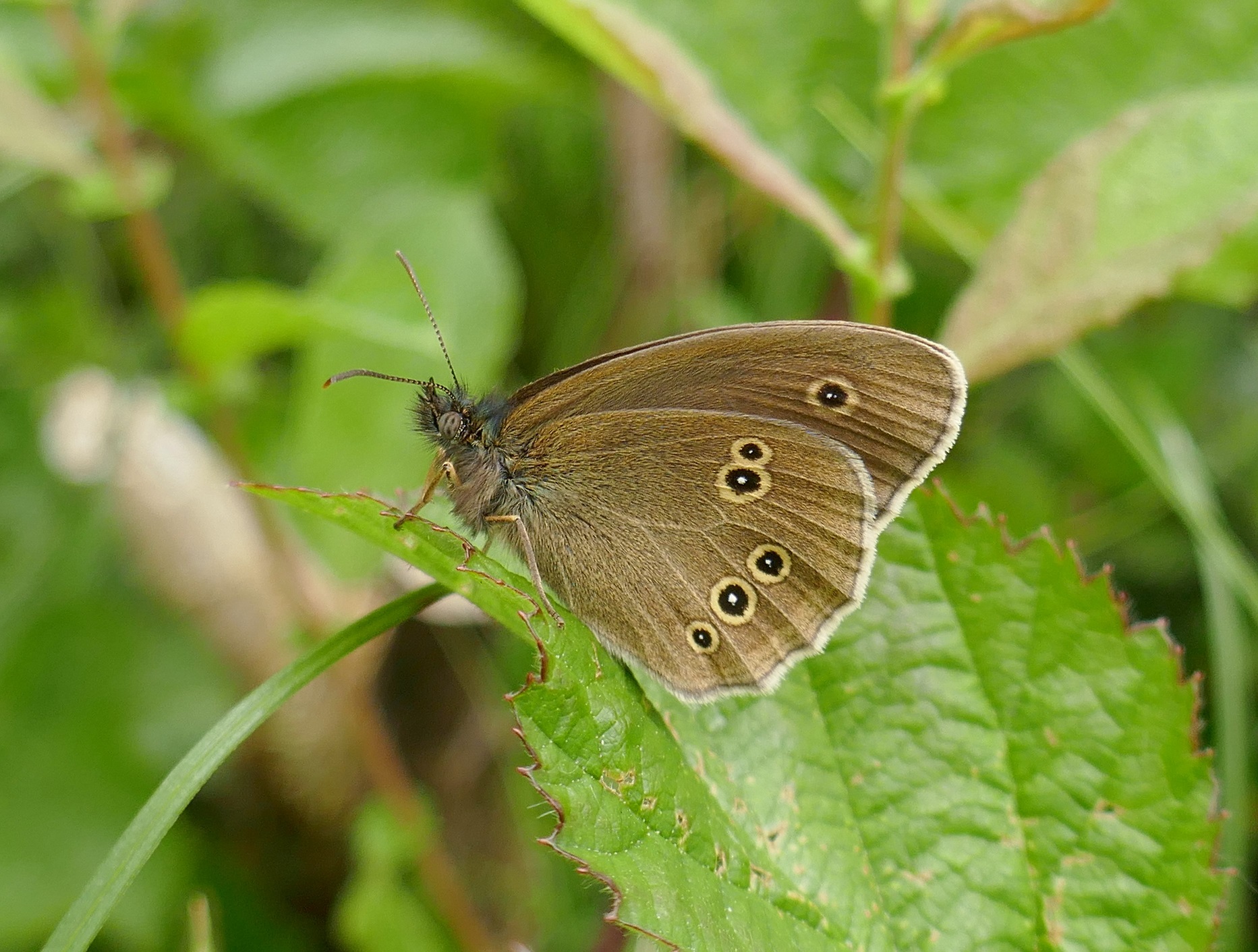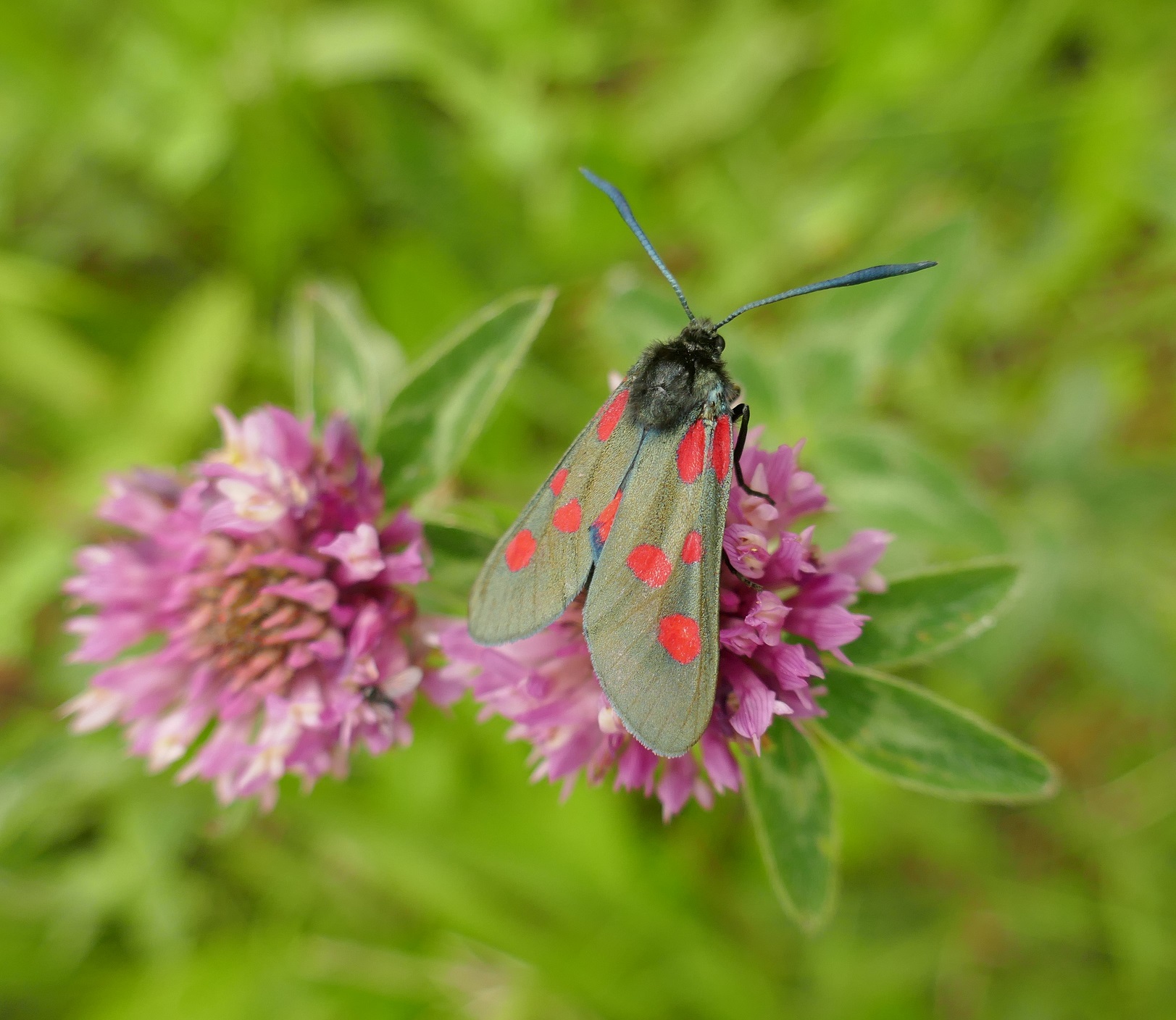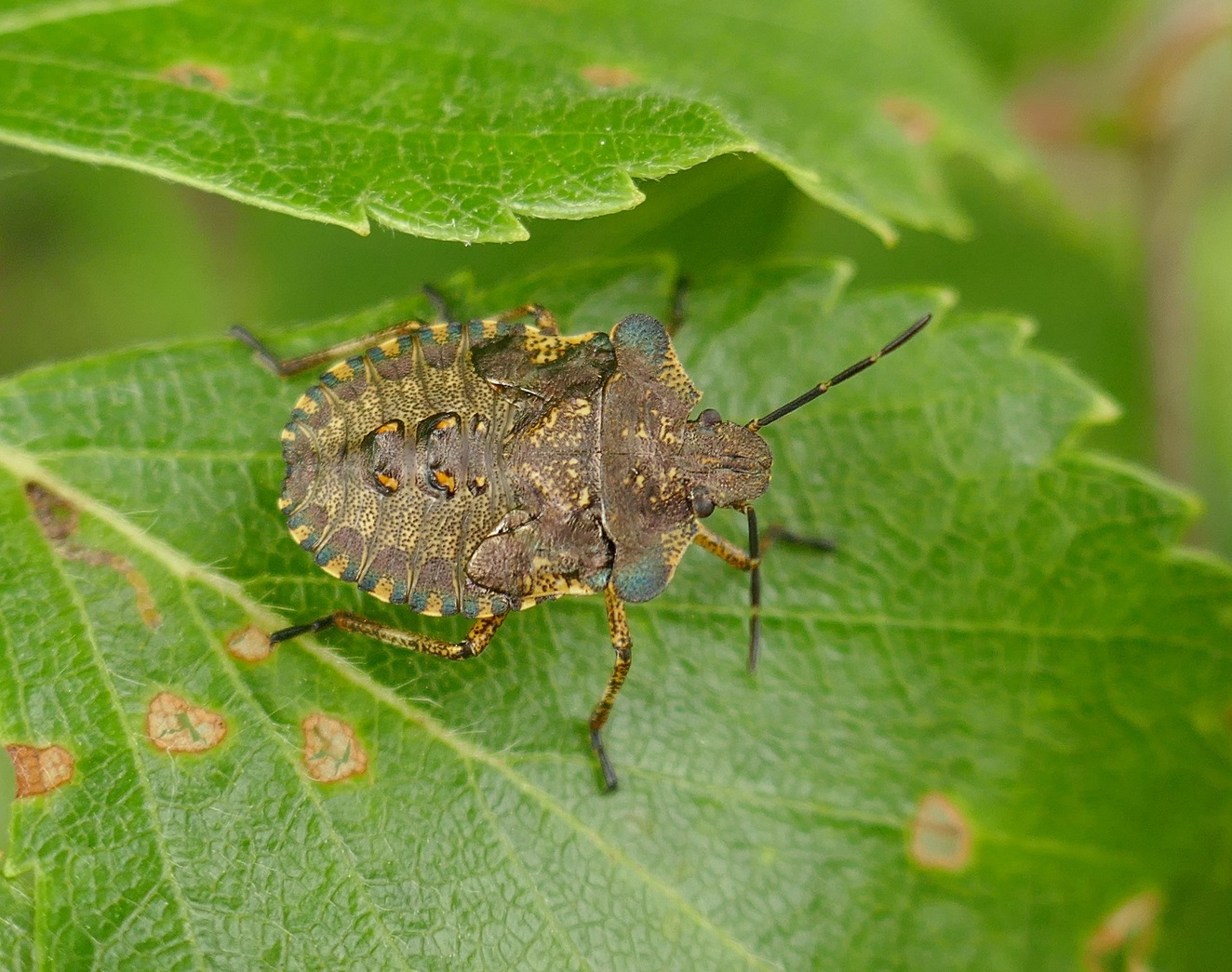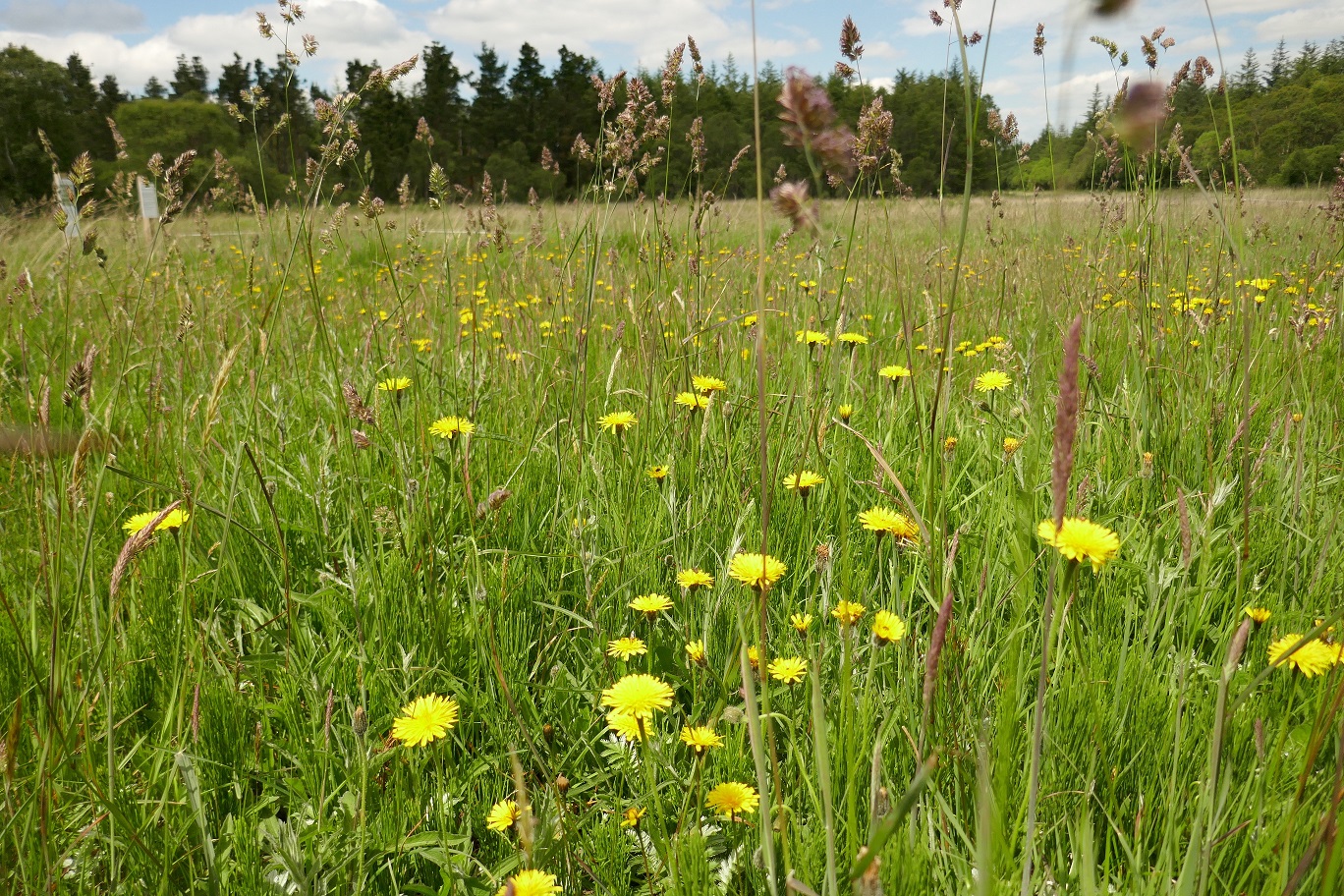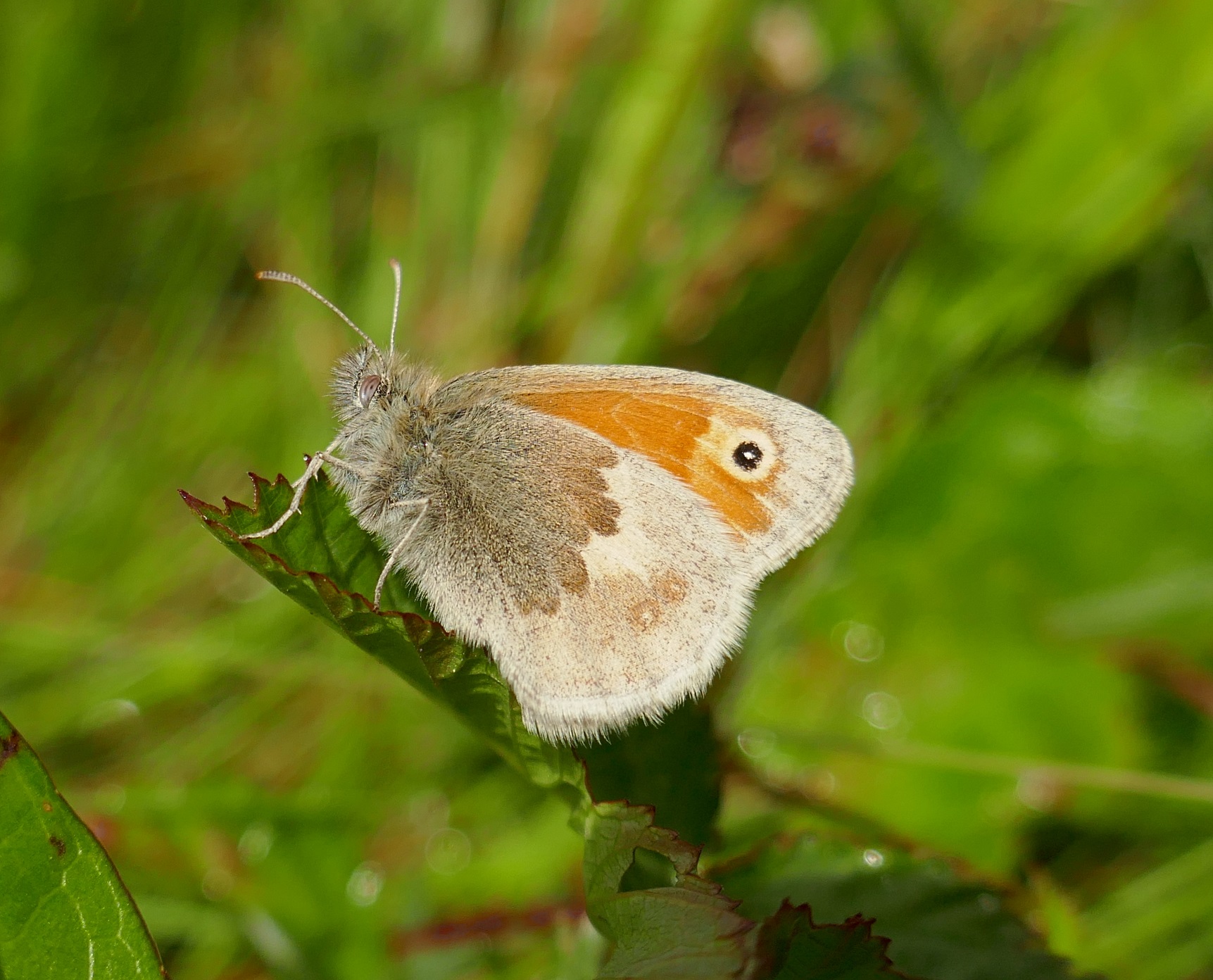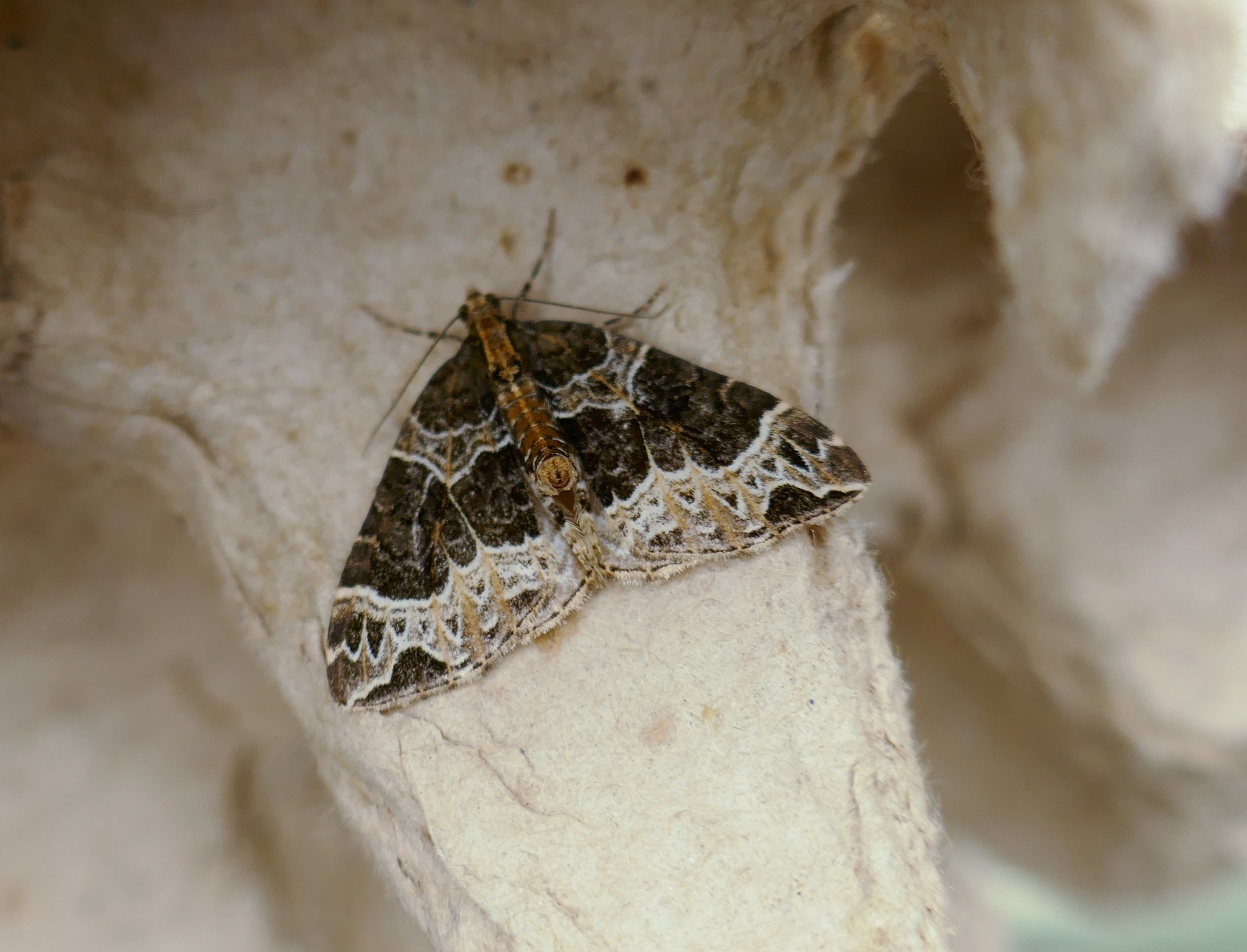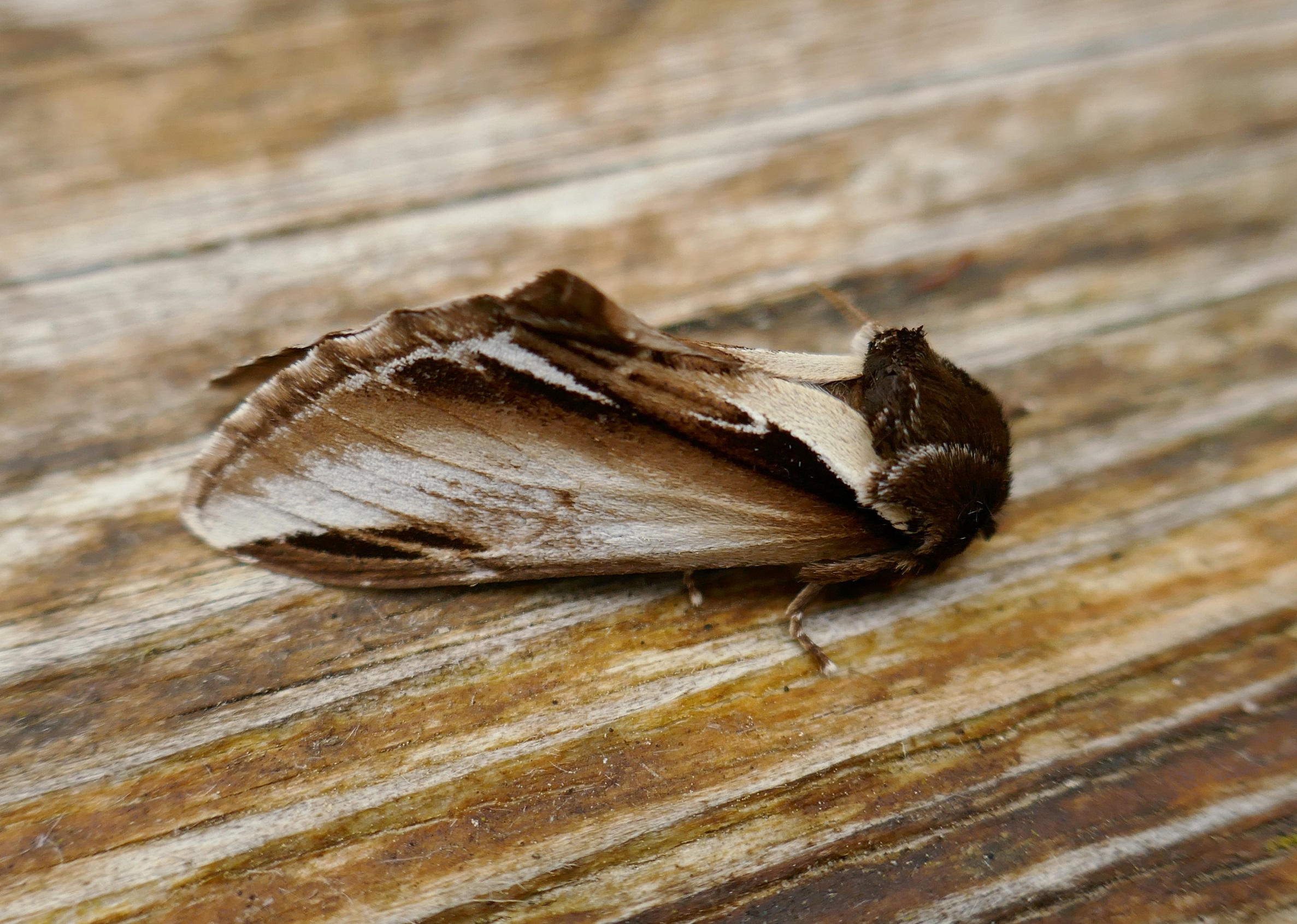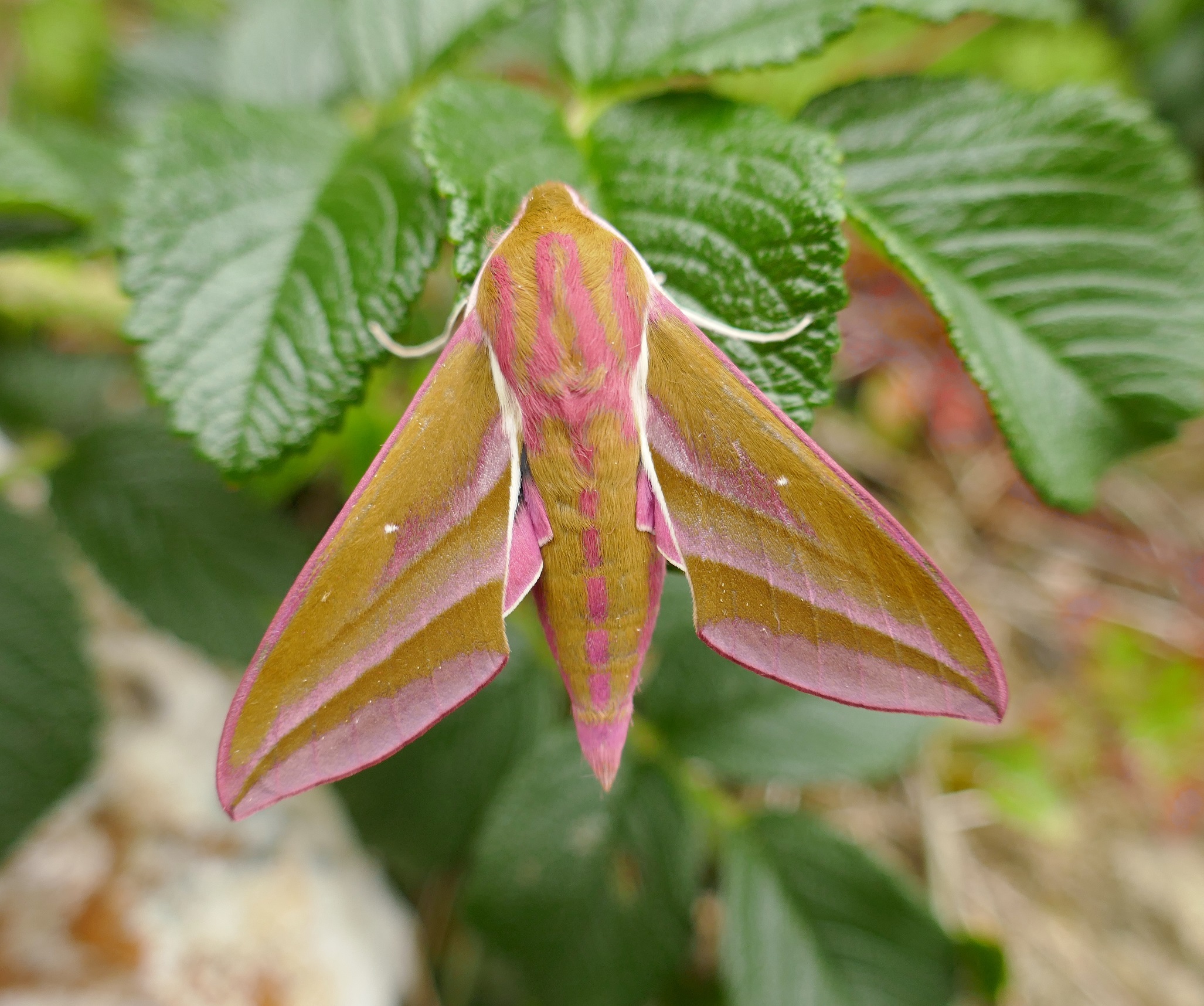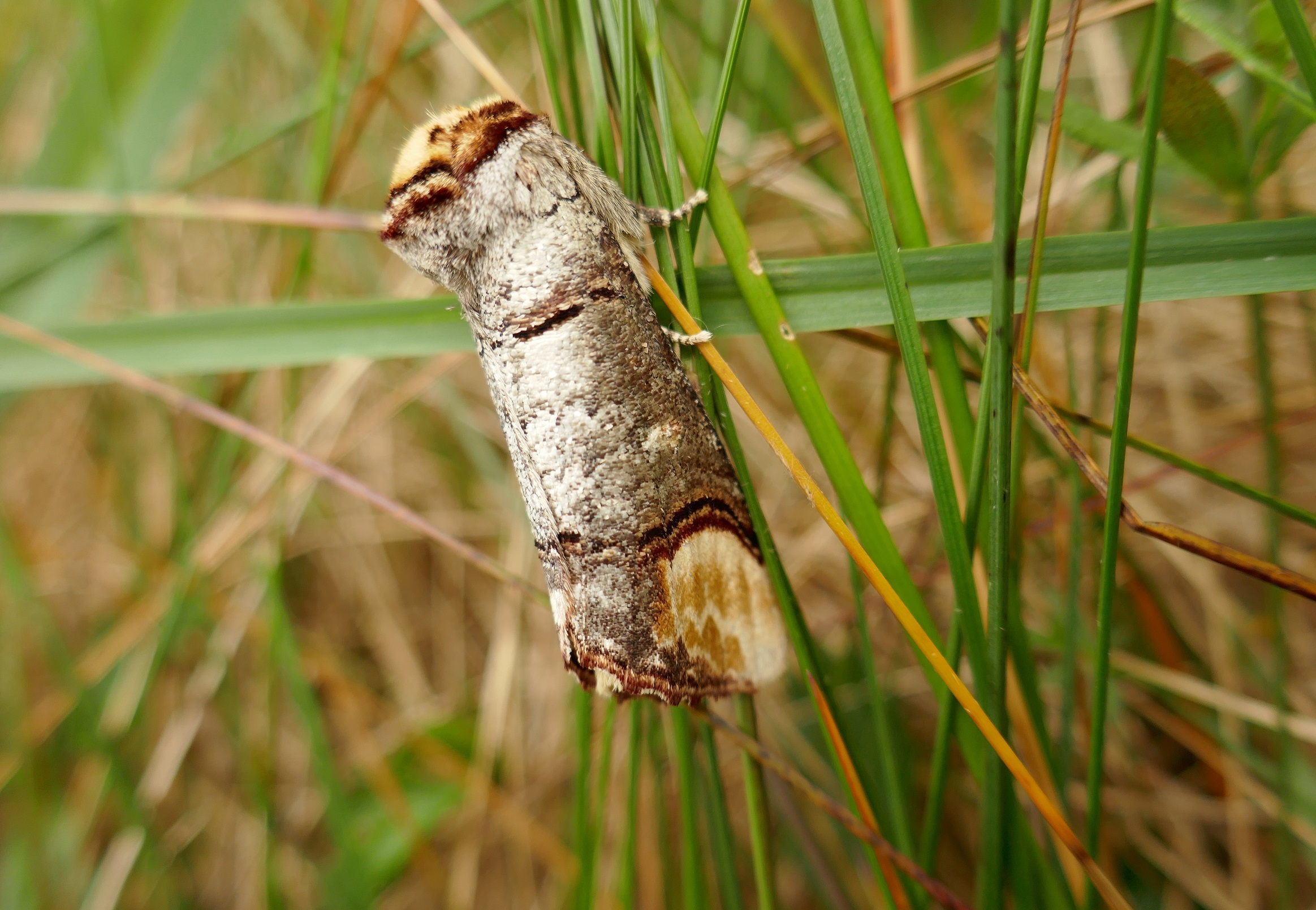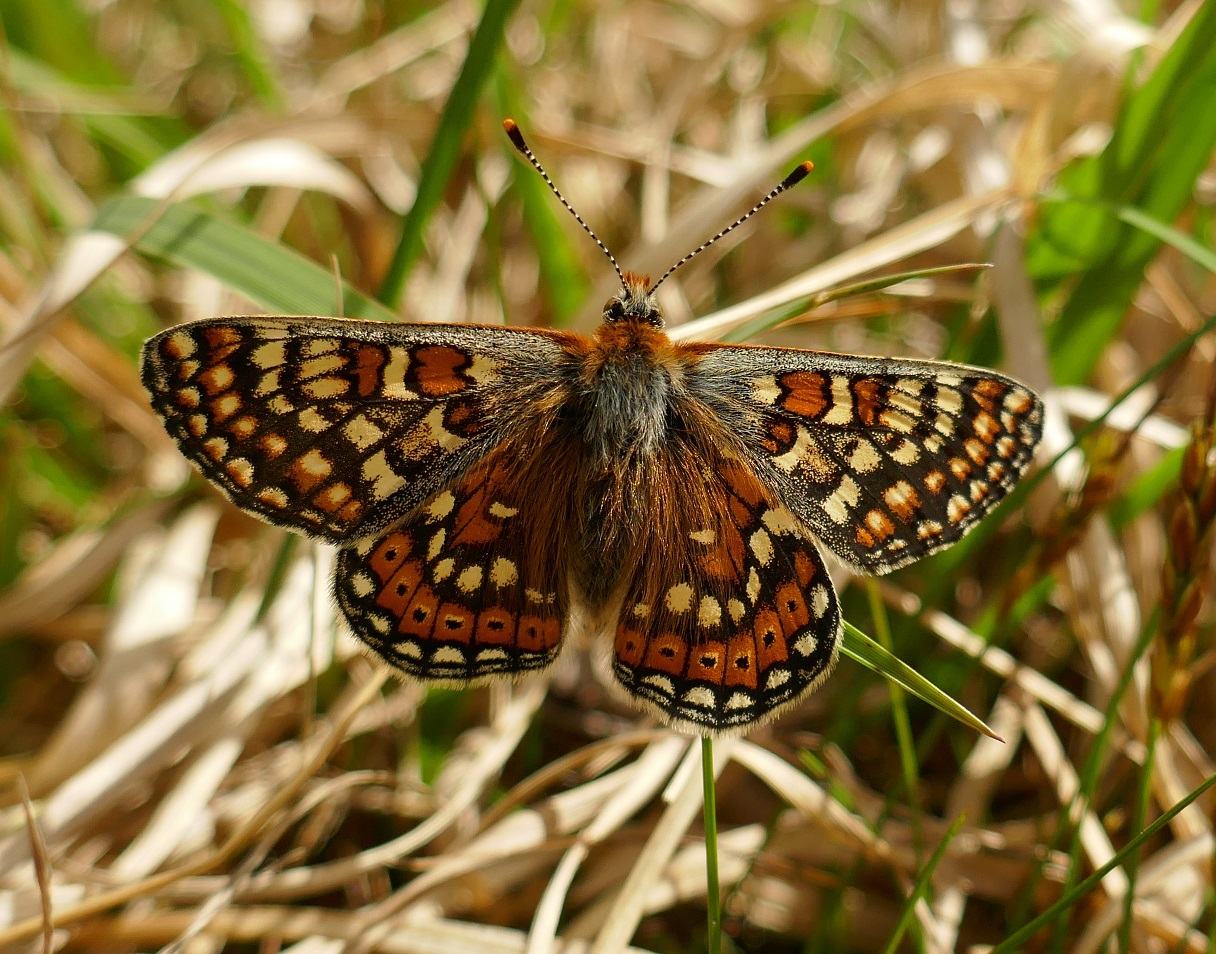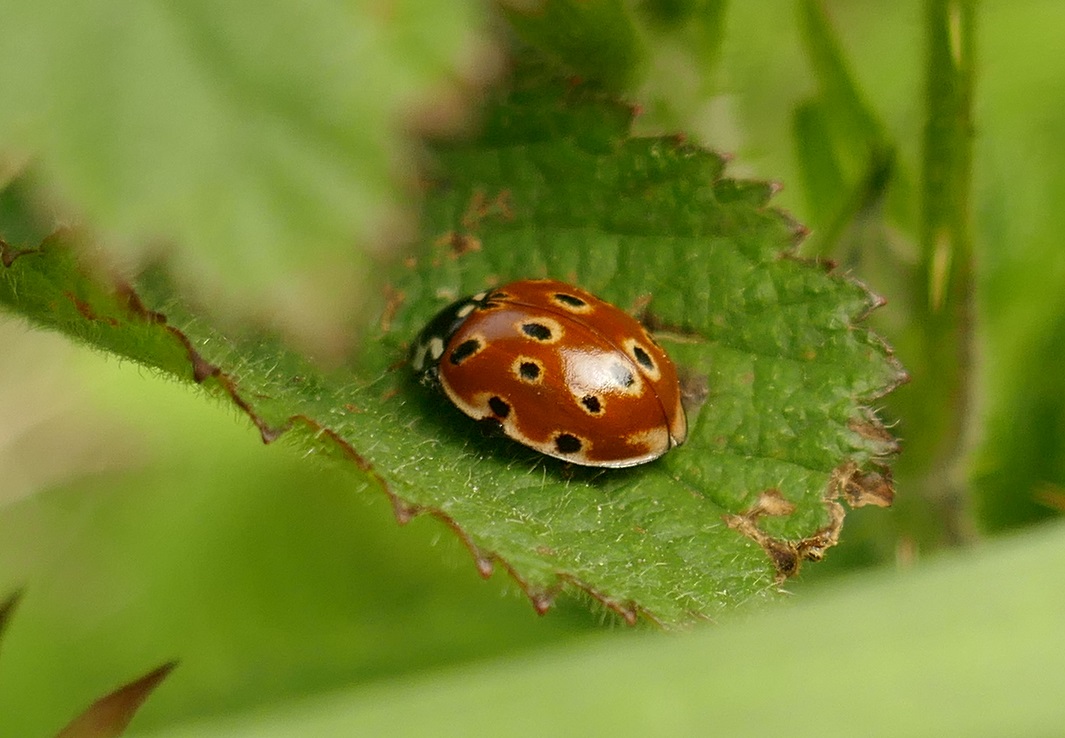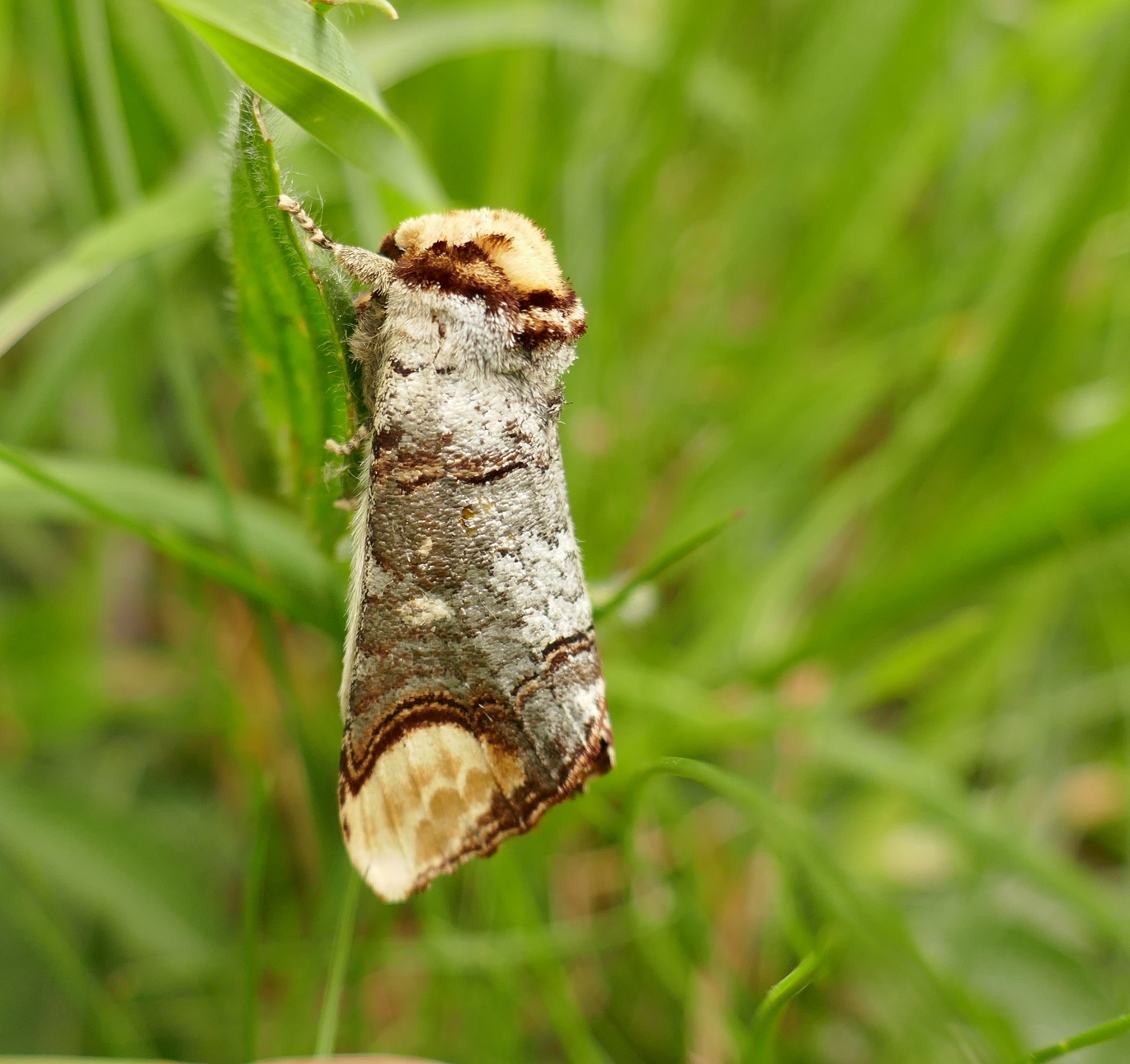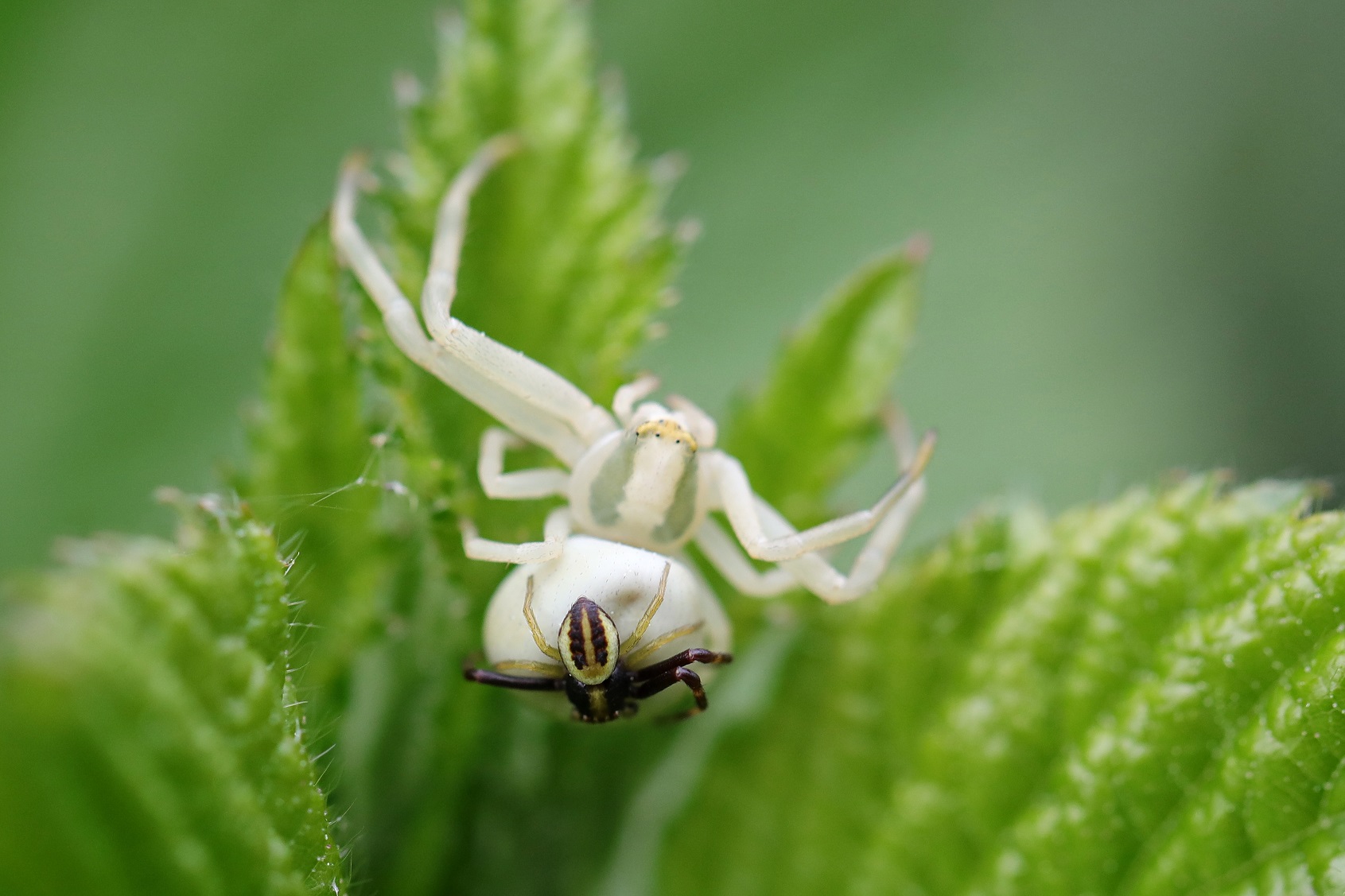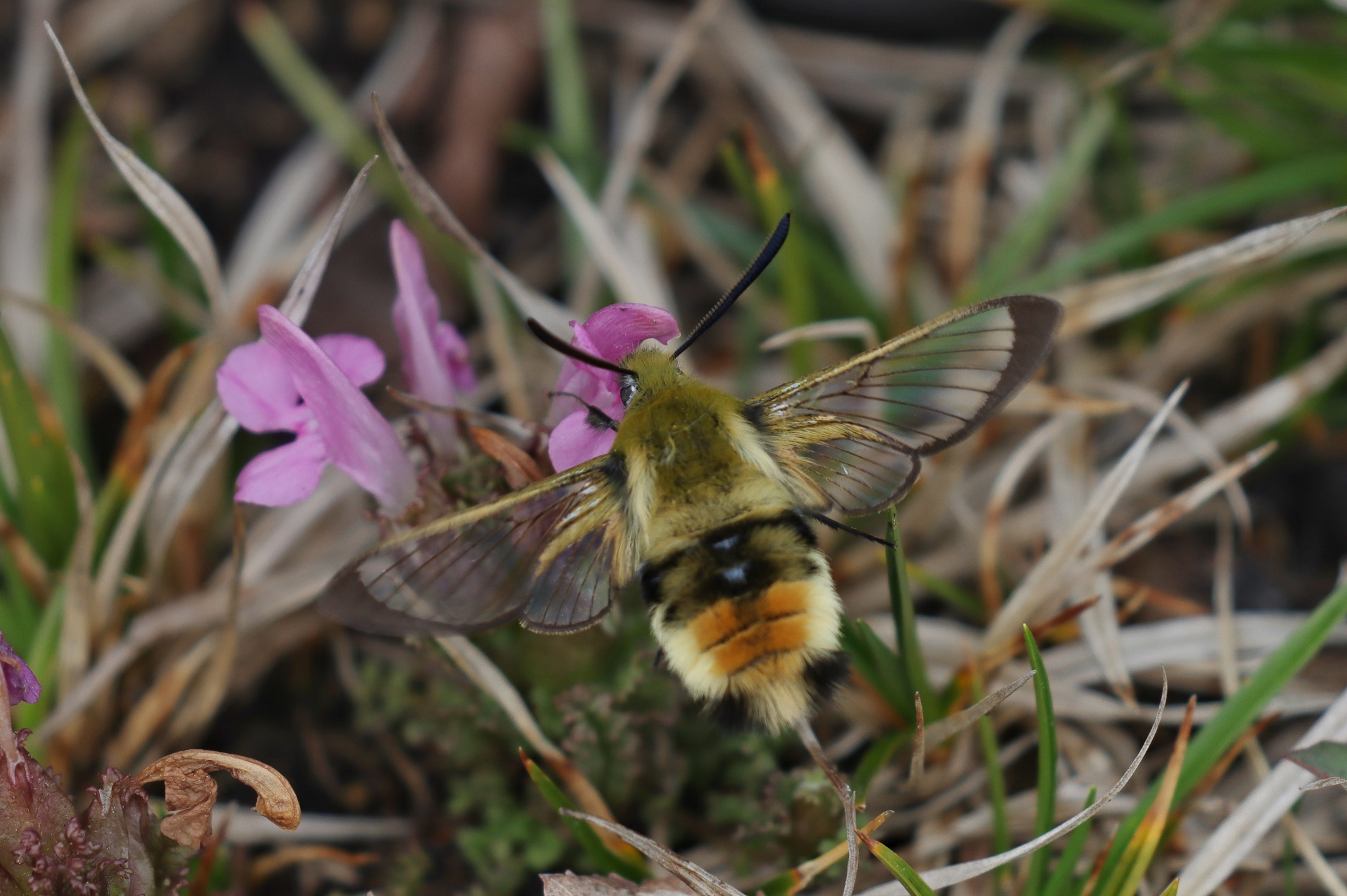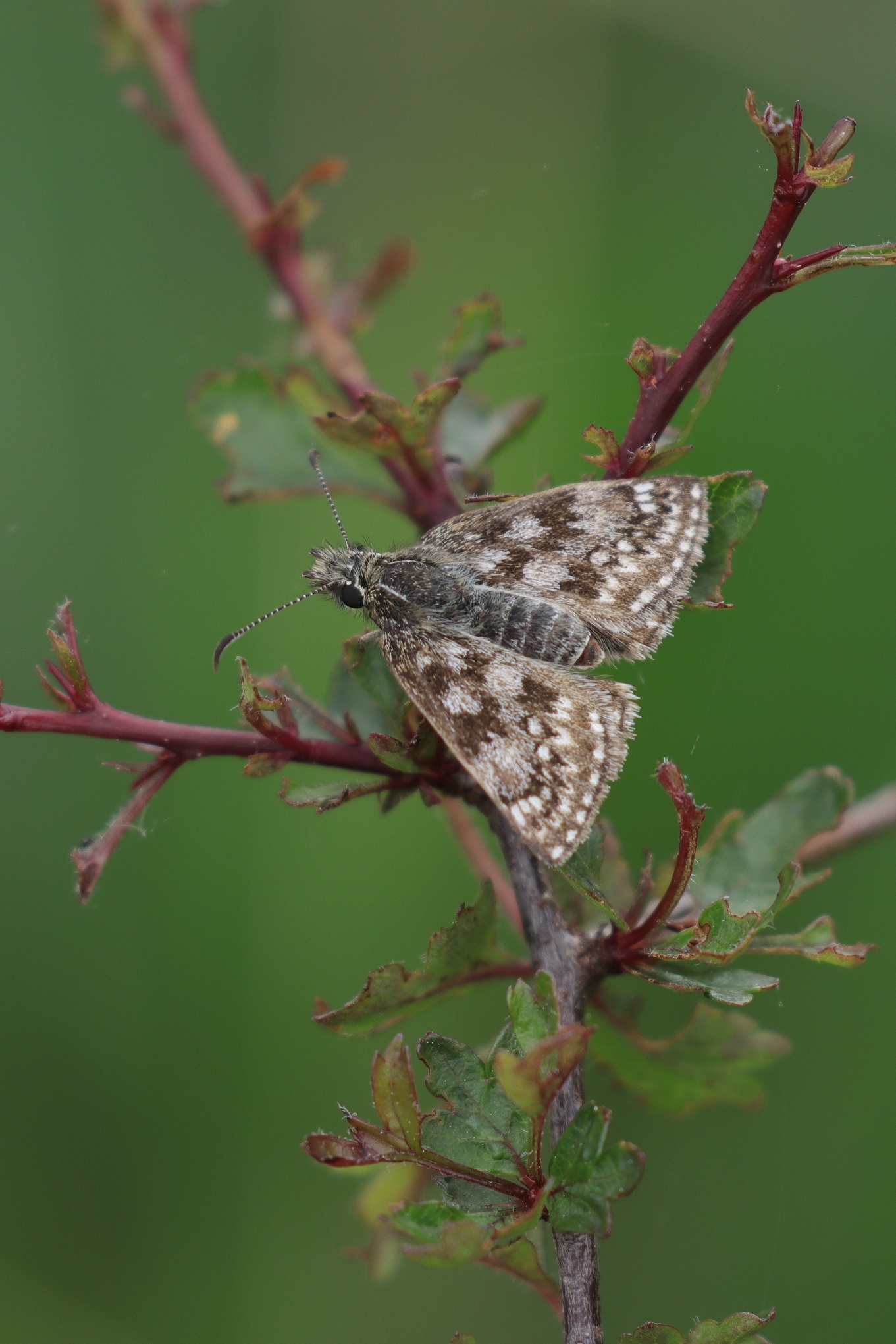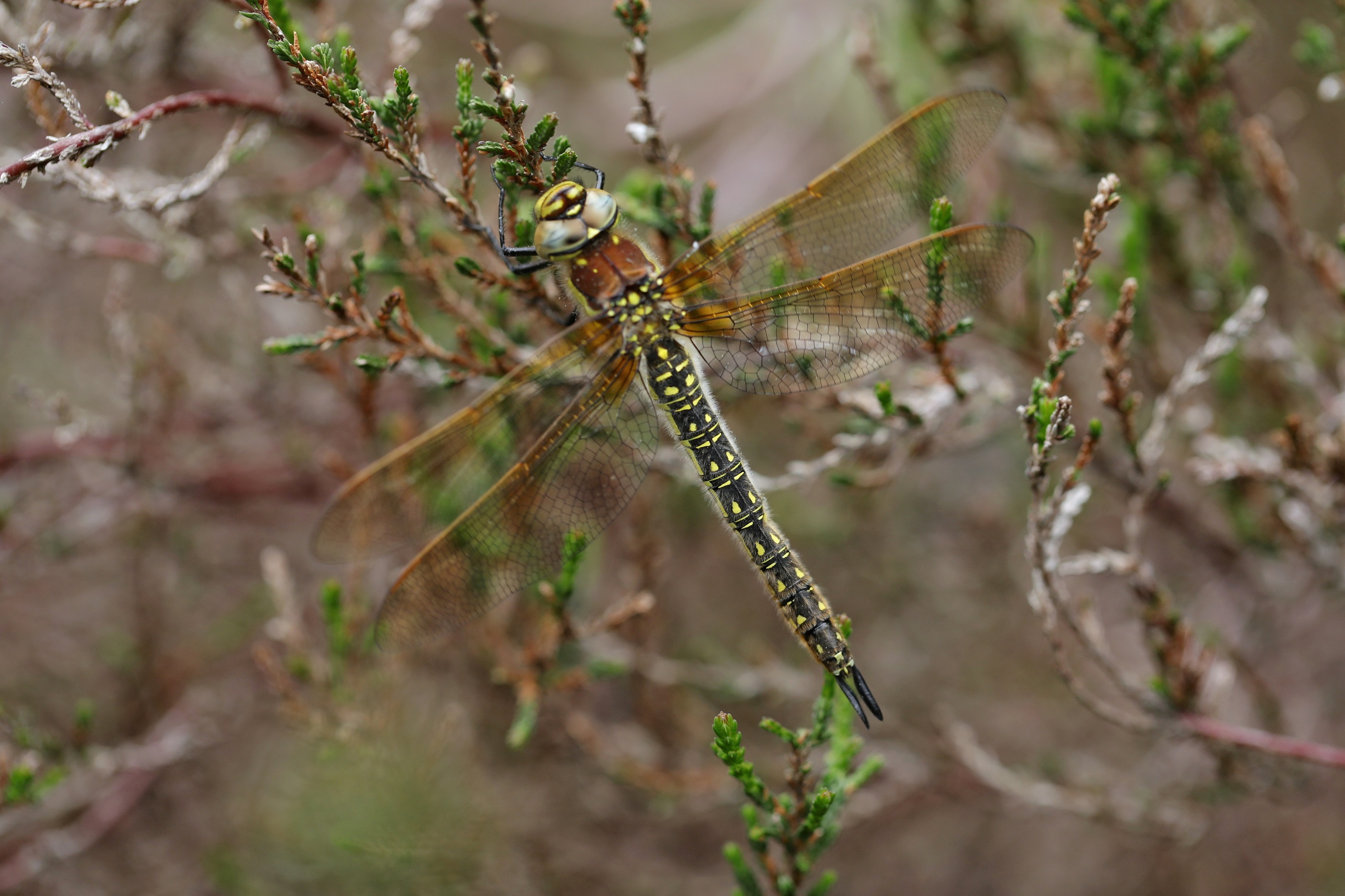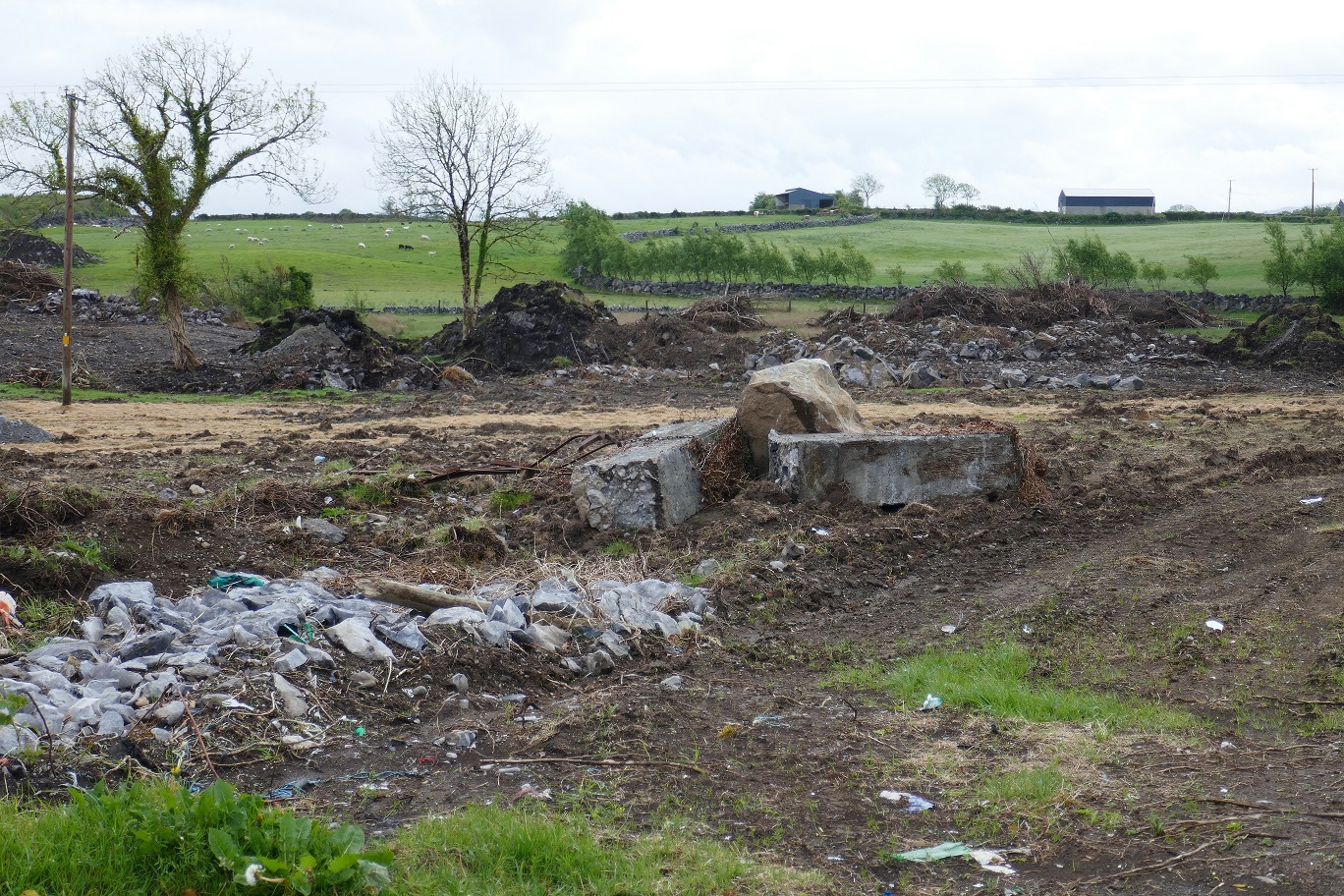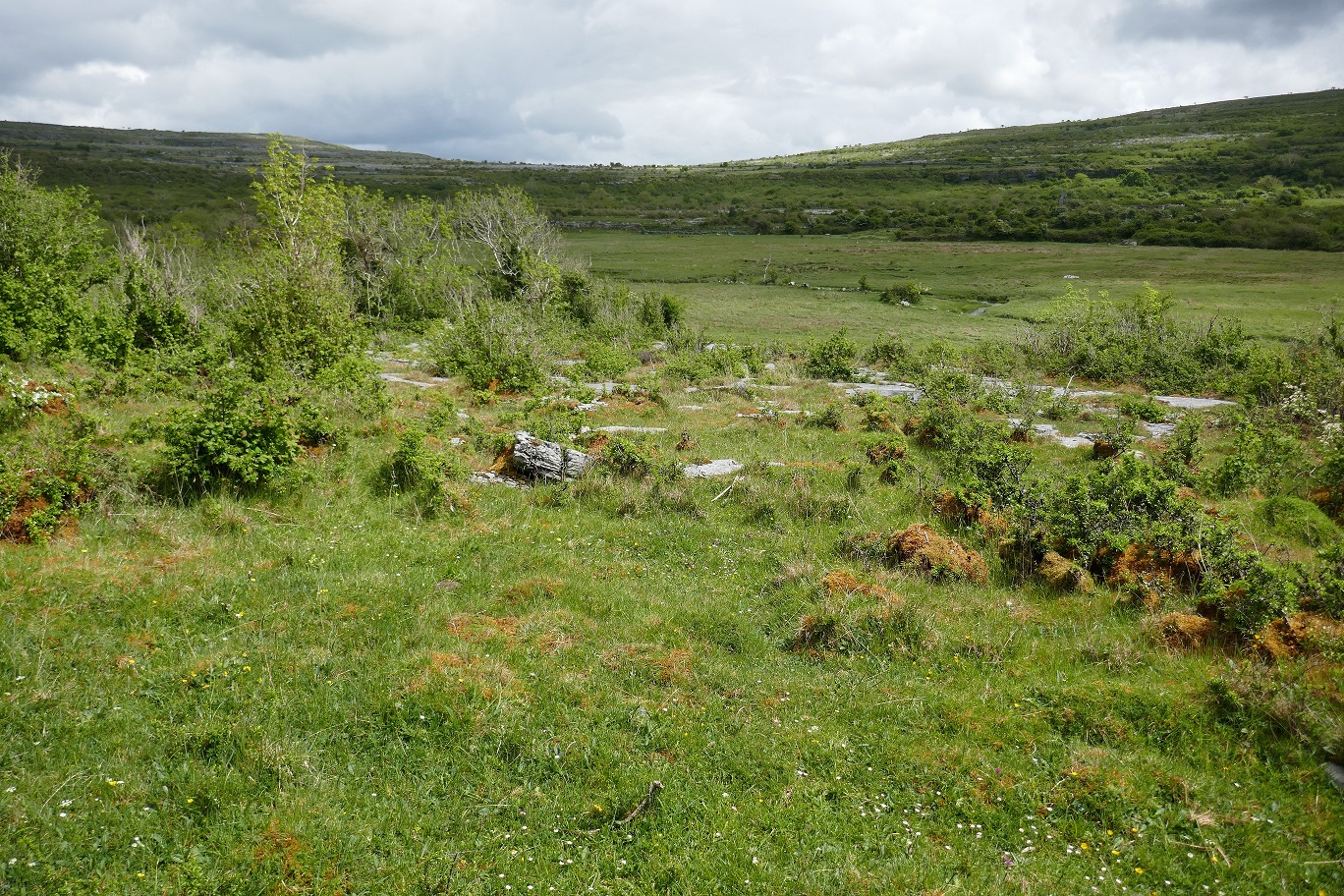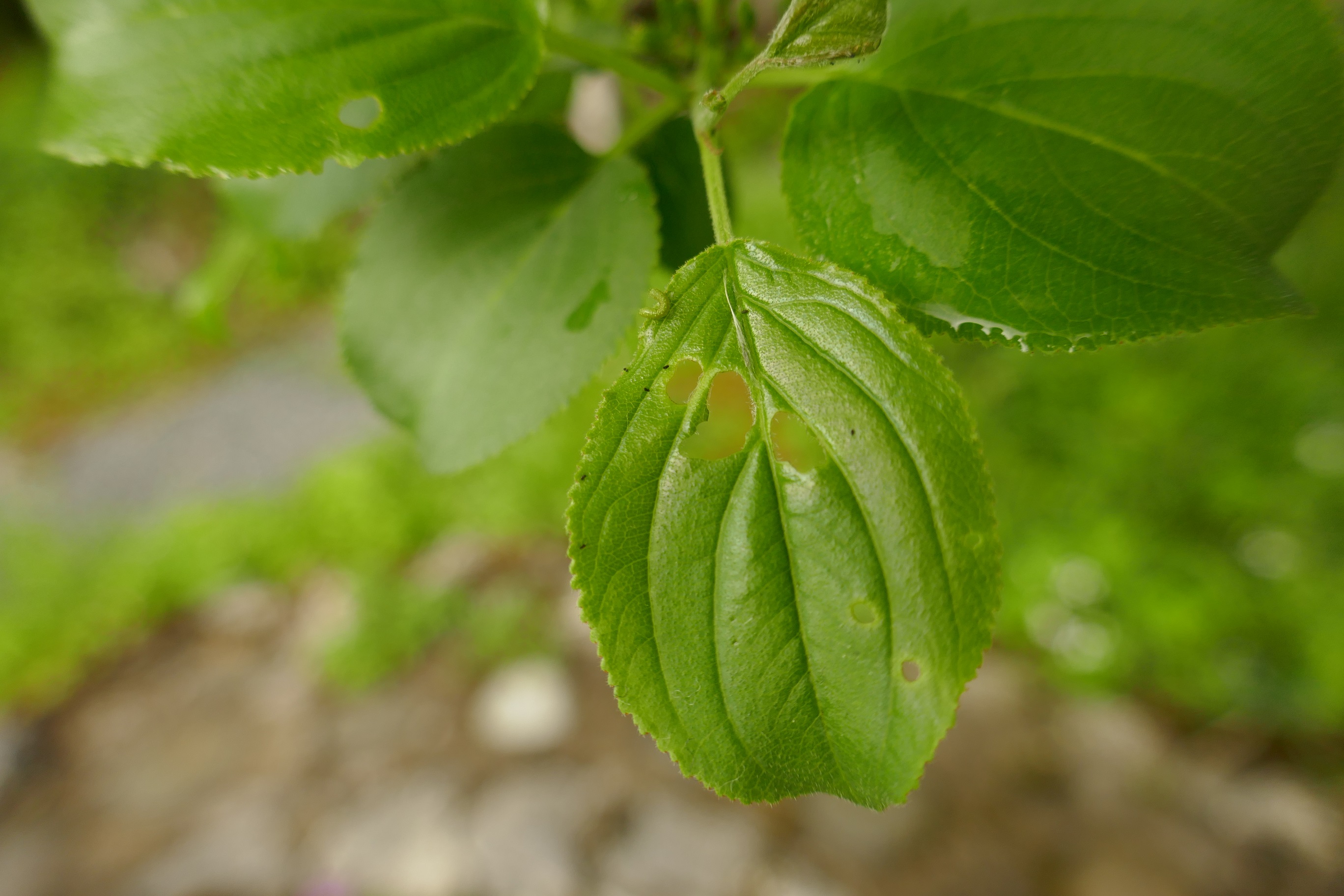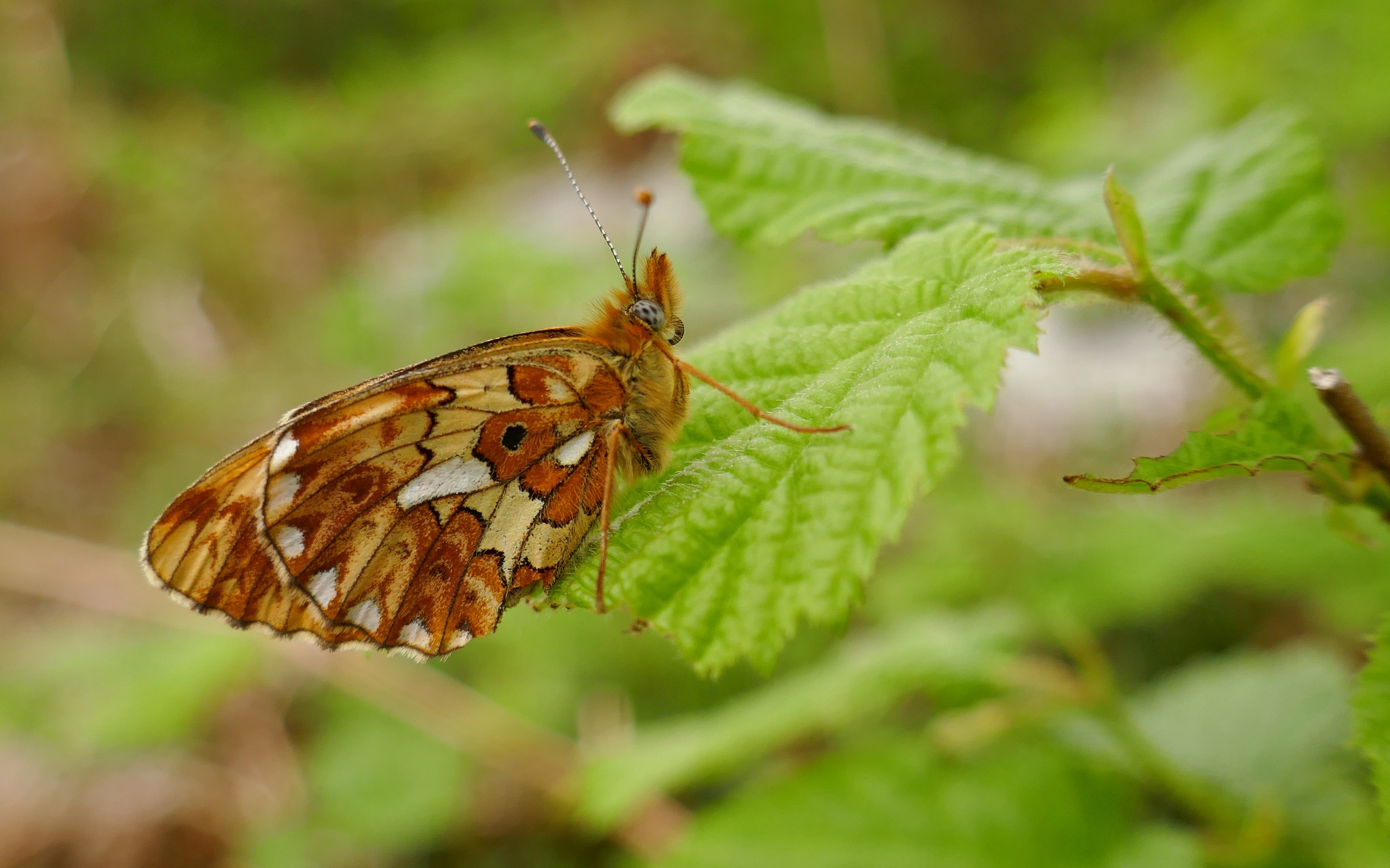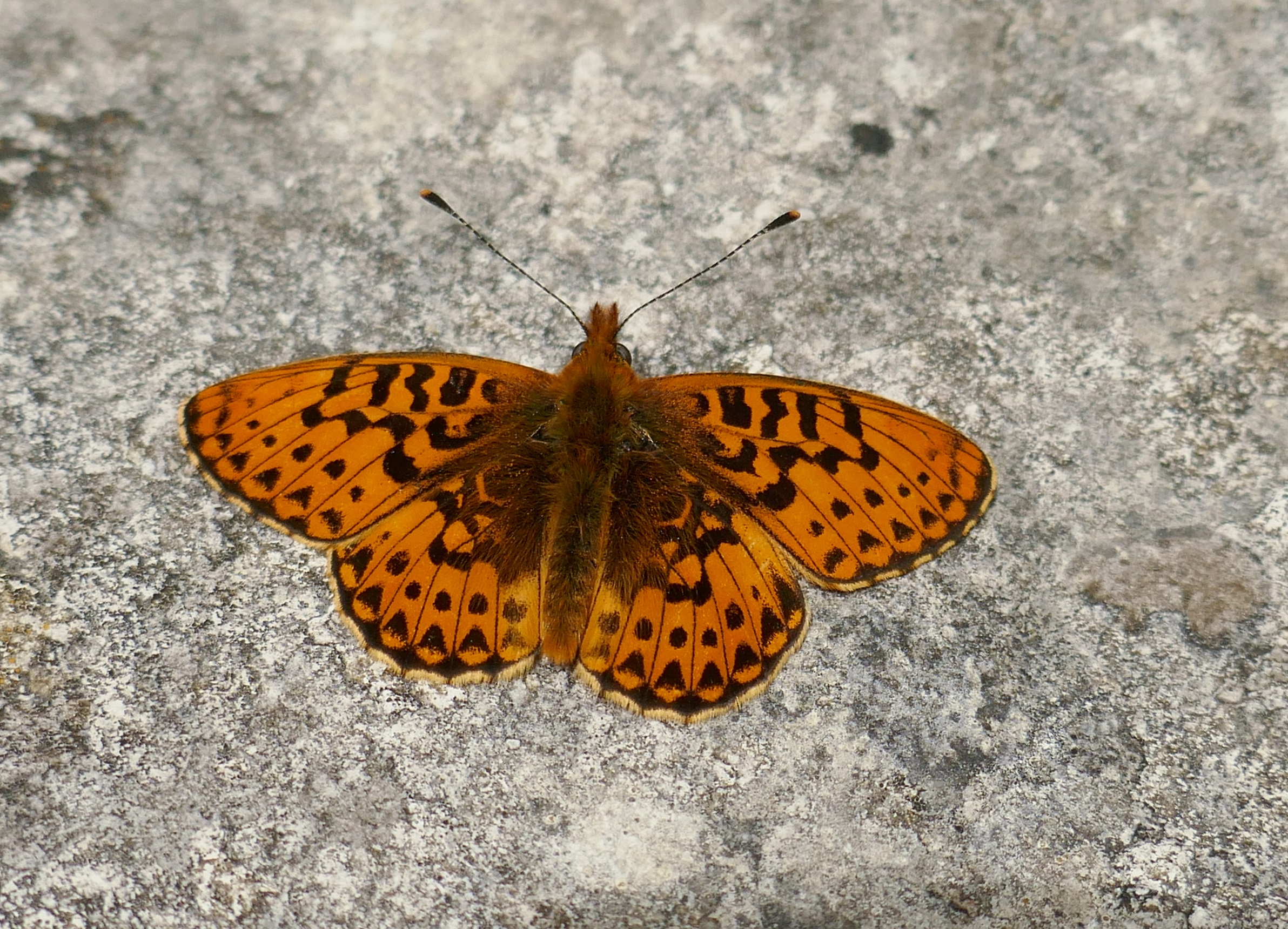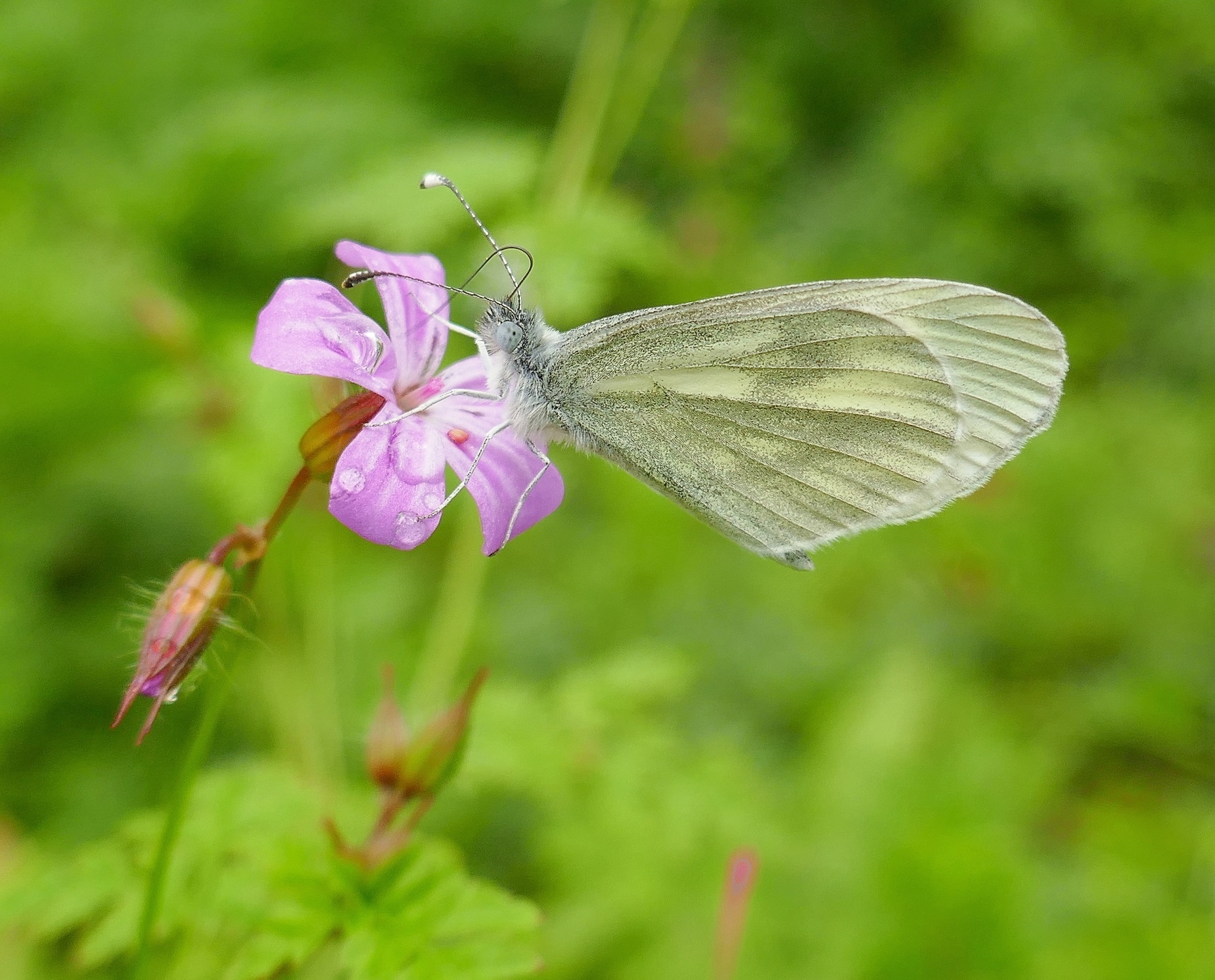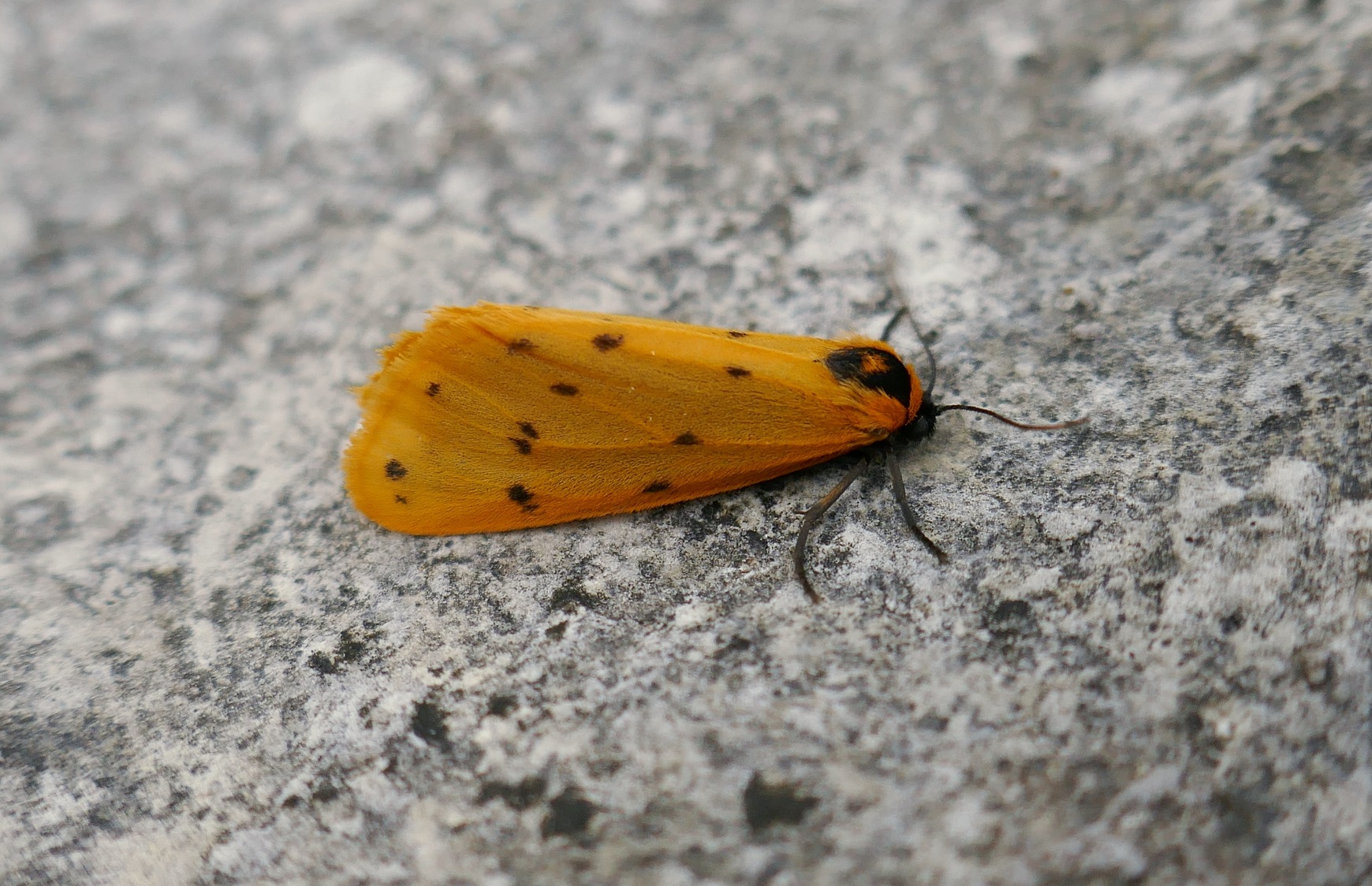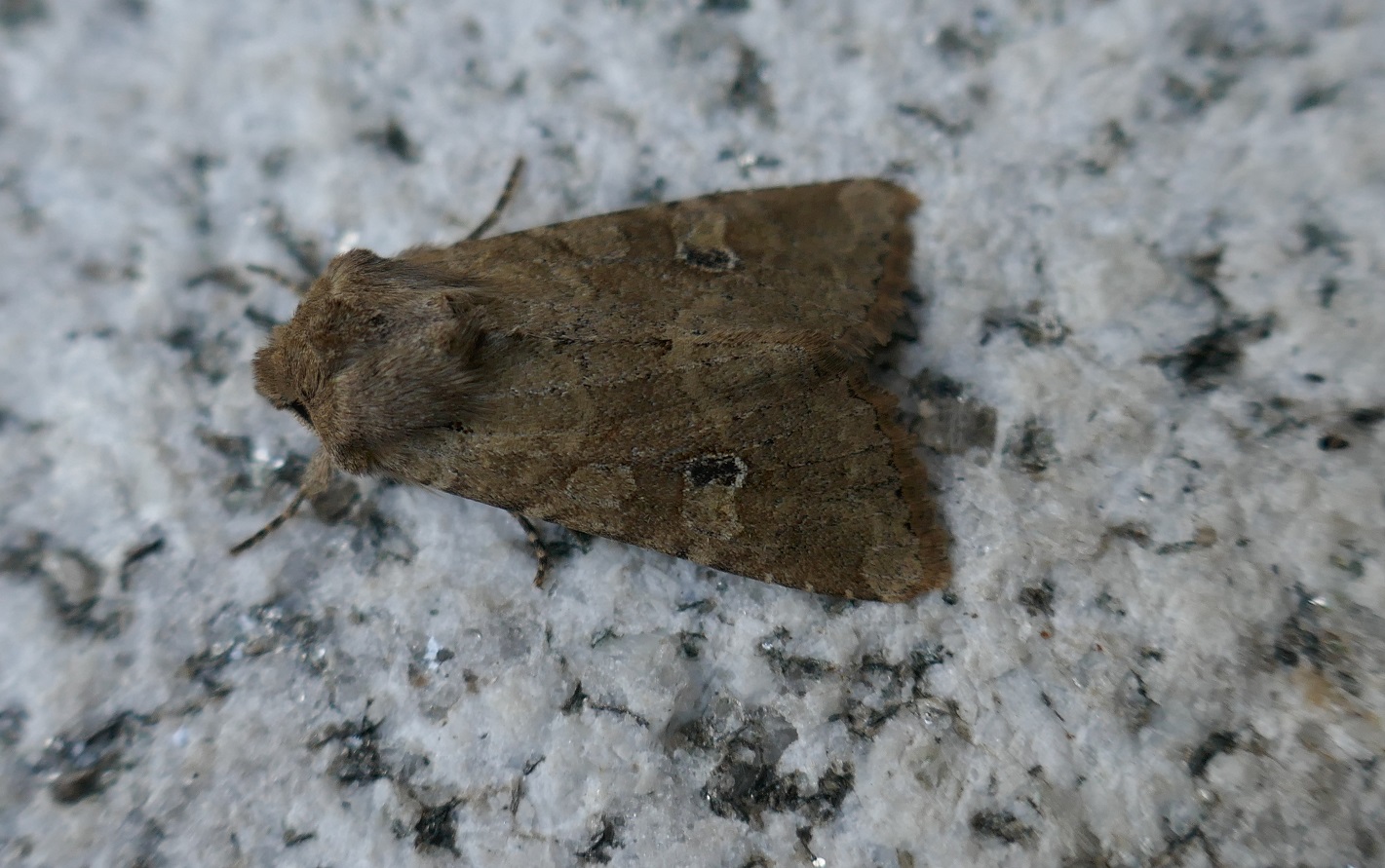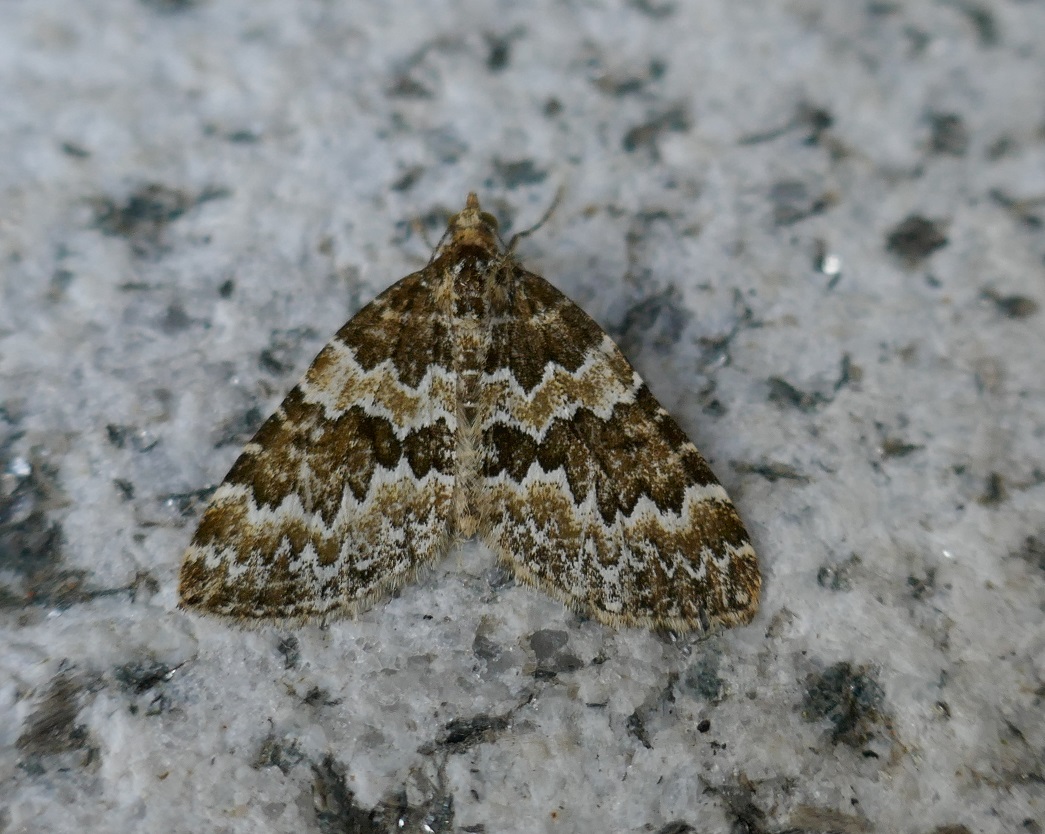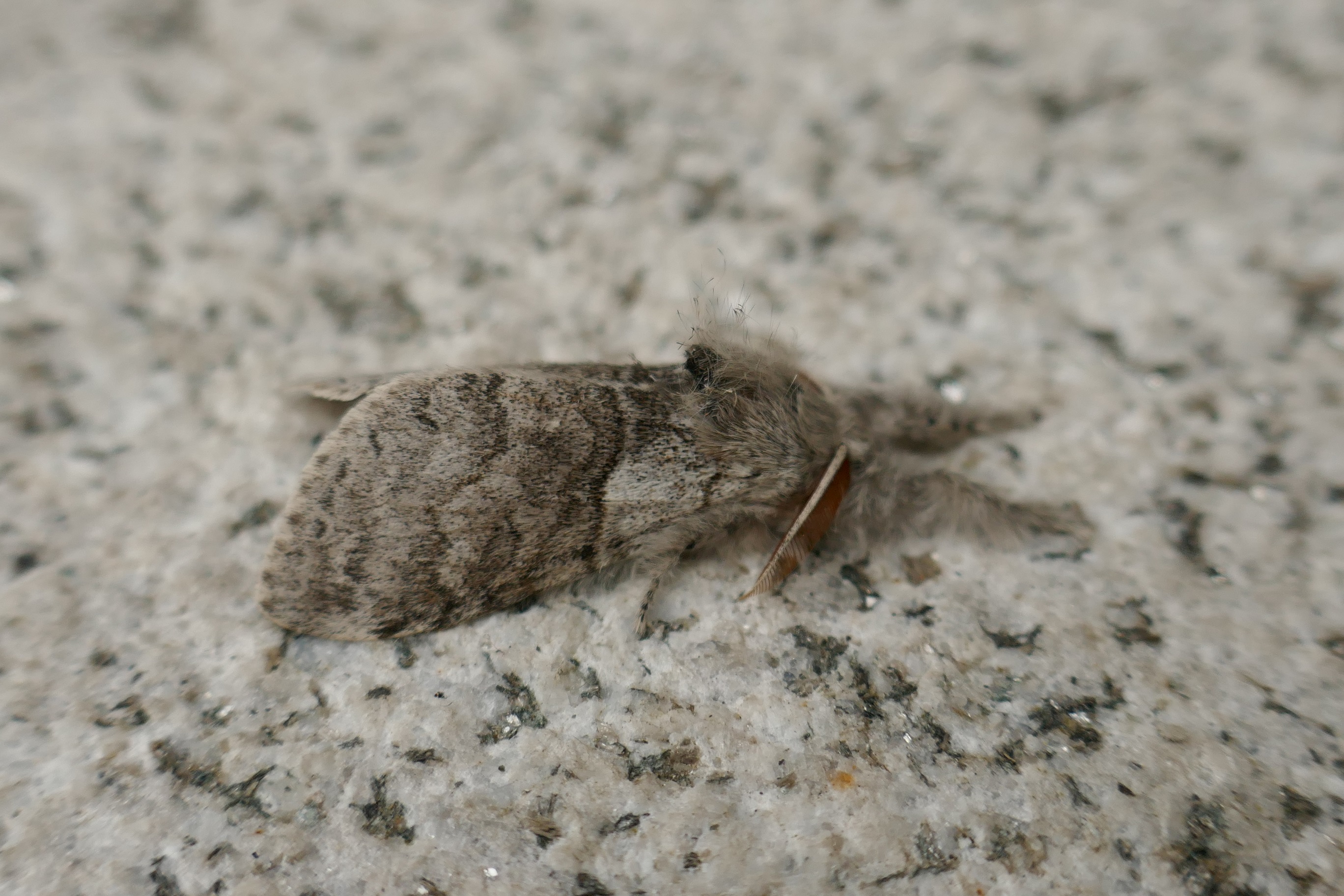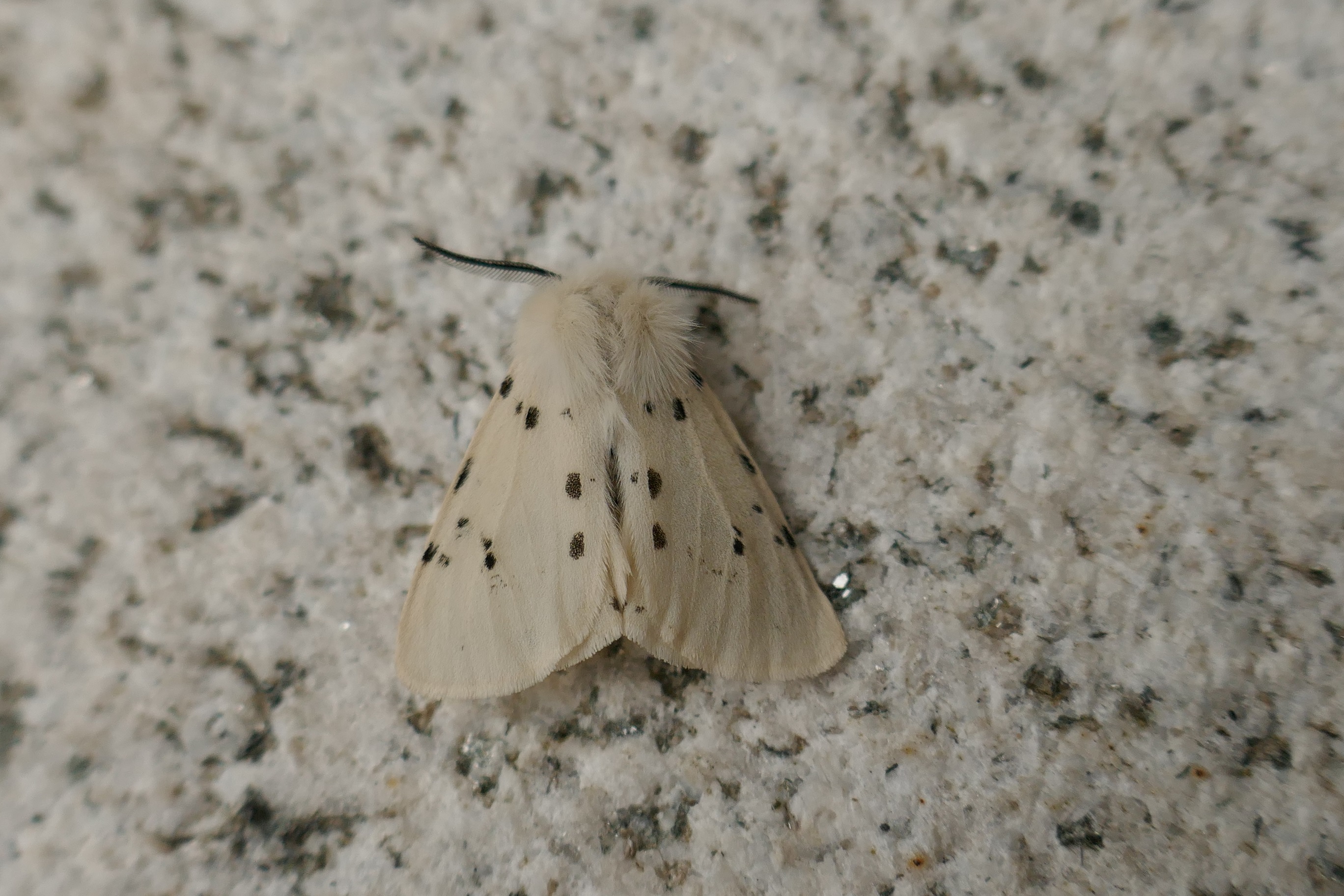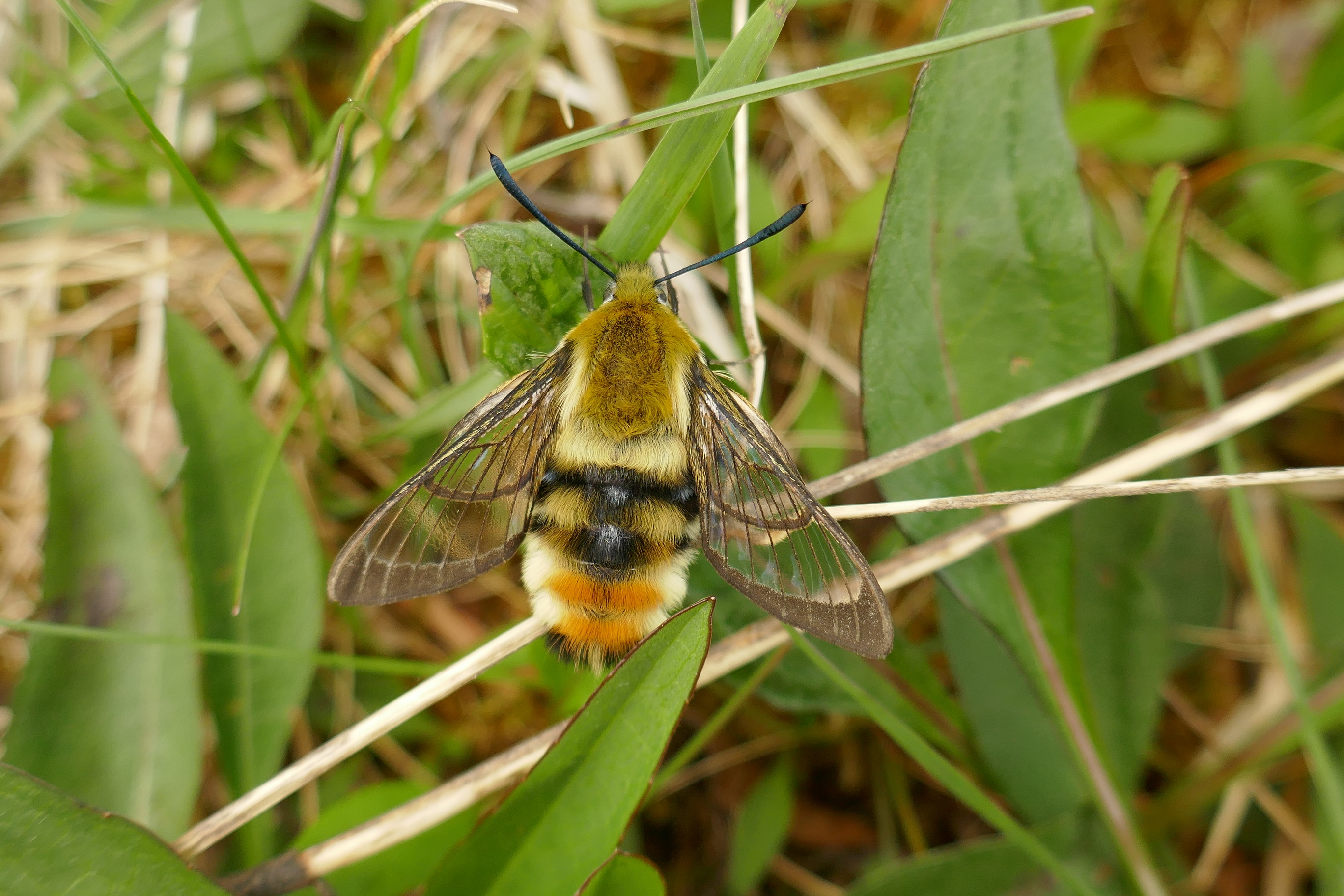ULYSSES: The heavens themselves, the planets and this centre
Observe degree, priority and place,
Insisture, course, proportion, season, form,
Office and custom, in all line of order…
But when the planets
In evil mixture to disorder wander,
What plagues and what portents! what mutiny!
What raging of the sea! shaking of earth!
Commotion in the winds! frights, changes, horrors,
Divert and crack, rend and deracinate
The unity and married calm of states…
O, when degree is shaked…
Take but degree away, untune that string,
And, hark, what discord follows! each thing meets
In mere oppugnancy: the bounded waters
Should lift their bosoms higher than the shores
And make a sop of all this solid globe:
Strength should be lord of imbecility,
And the rude son should strike his father dead:
Force should be right; or rather, right and wrong,
Between whose endless jar justice resides,
Should lose their names, and so should justice too.
Troilus and Cressida William Shakespeare (Act I, Scene III, 85-118, edited)
Interfere with nature and chaos follows. Order, security, justice and our very sense of right and wrong are at risk in a context dominated by a greedy, stupid, and self-defeating consumerist mentality where personal gain and the demand for constant economic growth is the all-consuming imperative of the global financial architecture. Like pigs at the trough, we gorge unsustainably on what is bad for us oblivious of our contribution to our impending downfall.
The signs of chaos are here already. Temperatures are soaring throughout Europe, America, and India with heat waves now hotter, more frequent, and longer lasting. The UK recorded temperatures above 40C for the first time on 19 July. The record temperatures in the UK last week would have been “almost impossible” without human-induced climate change, leading scientists have concluded. Reaching 40C is regarded as an event that is still rare in Britain that we would “expect (them) between once every 500 years and once every 1,500 years.” (https://www.bbc.com/news/science-environment-62335975)
Posturing, with ecological and climate rectitude the ostensible priority of our age, will not repair the damage. Recently Padraig Fogarty of the Irish Wildlife Trust told RTE’S Claire Byrne that Ireland has no natural habitats left. Aghast, she exclaimed “What?” Fogarty pointed out that the last natural habitats we had, our bogs, have been destroyed.
Out of necessity, the Irish Government announced a rewetting programme for the minority of bogs in semi-state ownership in 2020 (https://www.irishtimes.com/business/energy-and-resources/bord-na-mona-ends-all-peat-harvesting-1.4459179).
Exploit and destroy the bogs, then greenwash them in peatland rehabilitation. For anyone reading this, ‘rehabilitation’ won’t happen. Many of the bogs taken out of production are still being cut by people claiming turbary rights. Re-wetting, the method to be used, will not restore the peatlands we lost unless we wait for a thousand years or longer, and we continue to receive rainfall levels and climatic conditions that built bogs. Bord na Móna, which is charged with rewetting, admits that the bogs will not be returned to their pristine state:
It is not expected that the site (a reference in most if not all of the rehabilitation plans) has the potential to develop active raised bog (ARB) analogous to the priority EU Habitats Directive Annex I habitat within the foreseeable future (c.50 years). Furthermore, only a proportion of the bog has potential to develop Sphagnum-rich habitats in this timeframe. Nevertheless, re-wetting across the entire bog, as part of the proposed Scheme, will improve habitat conditions of the whole bog, making the overall bog wetter. Other peatland and wetland habitats such as fen, wet woodland, Reed Swamp and embryonic Sphagnum-rich vegetation will develop in a wider mosaic that reflects underlying conditions. It will take some time for stable naturally functioning habitats to fully develop…(Bord na Móna, Belmont Bog Cutaway Bog Decommissioning and Rehabilitation Plan, p.31)
The bogs in Ireland developed over 10,000 years. Whatever habitats develop on re-wetted peatlands, these will not be active (growing) raised bogs. Under the EU Habitats Directive the National Parks and Wildlife Service (NPWS) is obliged to complete a report every seven years on the condition of designated habitats. In 2019 the NPWS rated the prospects of the protected raised bogs it assessed as BAD in terms of range, area, structure and functions. The overall assessment of conservation status and the overall trend is BAD. (https://www.npws.ie/sites/default/files/publications/pdf/NPWS_2019_Vol2_Habitats_Article17.pdf)
These assessments only apply to the small number of legally protected sites, so given that the report lists ongoing burning, peat extraction, drainage, afforestation and temperature changes arising from climate change, the situation will deteriorate. One strategy to save protected raised bogs has been to relocate peat extractors…to other raised bogs.
Another idea is to conduct “investigations to establish if turf cutting is feasible within circumscribed parts of a limited number of SACs (the legally protected bogs) without impacting on the integrity of the site.” (National Parks and Wildlife Service, The Status of EU Protected Habitats and Species in Ireland Habitat Assessments Volume 2 pp 742-3)
There are more ingenuous ideas to save our bogs in the document for anyone with the resilience to read it.
Less than one percent of Ireland’s midland-raised bogs are in a natural state and growing peat. In other words, over 99% are in various states of degradation, releasing carbon dioxide, a warming gas, into the Earth’s atmosphere.
And anyone who thinks that recent publicity concerning restricting the burning of turf has engendered improved conservation will be disappointed. Peat cutting continues, throughout Ireland, on raised and blanket bogs. Advertisements for turf for burning are widespread, such as the one I saw recently opposite the Garda station in Bandon.
One of the bitterest ironies is that peatland destruction can make it hard to enjoy the nature we still have. The Marsh Fritillary, our only legally protected insect is a beautifully patterned species, with brick red, cream, yellow and black upper sides. Seeing this sylph-like creature should be a delight, but its presence is frequently indicative of environmental degradation, because this butterfly, which does not live on wet intact raised bogs has colonized the degraded bogs. Over a short few years, these breeding sites disappear as scrub and woodland take hold.
It is perhaps somewhat ungrateful to interpret the presence of a threatened and beautiful butterfly as indicative of habitat loss, but ecologically this is correct. The butterfly can make use of new suitable habitats within its reach, but the species cannot use these transient areas for long-term survival. Before the bog was destroyed, the butterfly probably occurred in more stable habitats in the lagg zone, a transition zone along the outside margin of a raised bog, characterized by a fen or swamp plant community and adjoining wet grassland.
Our aesthetically atmospheric, wild cooling wetlands absorb and retain carbon dioxide. They hold great biodiversity. They must be cherished, not drained and burned. Woods are said to be good for our environment. Eco-lies exist, with statistics used to assuage concern. We are told that there is more forest in Ireland today at 11%forest cover than 200 years ago. This information suggests these are Irish woodlands. They are not.
They are crops, often planted on peatlands. Instead of planting native trees in the correct places, we are disfiguring the landscape with ugly, uniform conifer plantations. These are dark, miserable, depressing, and largely lifeless, with the only sound being the wind soughing bleakly through the trees. Lest anyone think these trees on peatlands help to retain damaging warming gases, consider this statistic from the Environmental Protection Agency Report:
In light of future climate change, the most important function of peatlands in the 21st century is that of a carbon store and sink. Covering only about 3% of the Earth’s land area, they hold the equivalent of half of the carbon that is in the atmosphere as carbon dioxide (CO2) (Dise, 2009). It is estimated that the carbon stored in peatlands represents some 25% of the world soil carbon pool (i.e. 3–3.5 times the amount of carbon stored in the tropical rainforests) (EPA, Bogland: The Sustainable Management of Peatlands in Ireland, p32).
The report gives a good indication of the damage to peatland by afforestation:
The national forest area has dramatically increased in Ireland since the 1950s and a third of it (some 267,000 ha) has been planted since 1990 (classified as ‘Kyoto forests’). According to the Forest Service National Forest Inventory (NFI), 43% of the total forest estate is located on peat soils (Black et al., 2008). Most forests on peatland in Ireland are located on blanket bogs (both mountain and Atlantic), with a small proportion occurring on either raised or on industrial cutaway bogs. While large tracts of natural blanket bogs were afforested between the 1950s and 1980s/90s, the last decade has also seen the afforestation by private landowners of smaller areas of blanket bogs – most of which are likely to have been degraded to some extent by previous human activities (turf cutting, animal grazing). (EPA, Bogland: The Sustainable Management of Peatlands in Ireland, p76).
The way of operating especially by smaller landowners is to destroy the bog and plant alien conifers on the peat soils. When the crop is ready, the clear-felling often used creates a further rise in carbon dioxide emissions.
Ireland and the world have choices to make, as has every individual. The choice is mass extinctions, global instability, and ensuing chaos from following the business-as-usual model or change to repair what we can repair. There is an order in nature. We are disrupting this order, making ourselves vulnerable.
Wake up and smell the carbon before the last Curlew calls and before the last Wall Brown butterfly presses golden wings against a warming surface. May we continue to enjoy the wonders of the natural world, reflected in the Peacock butterfly’s starry neon-bright eyespots.
We need to change. It’s later than you think…
